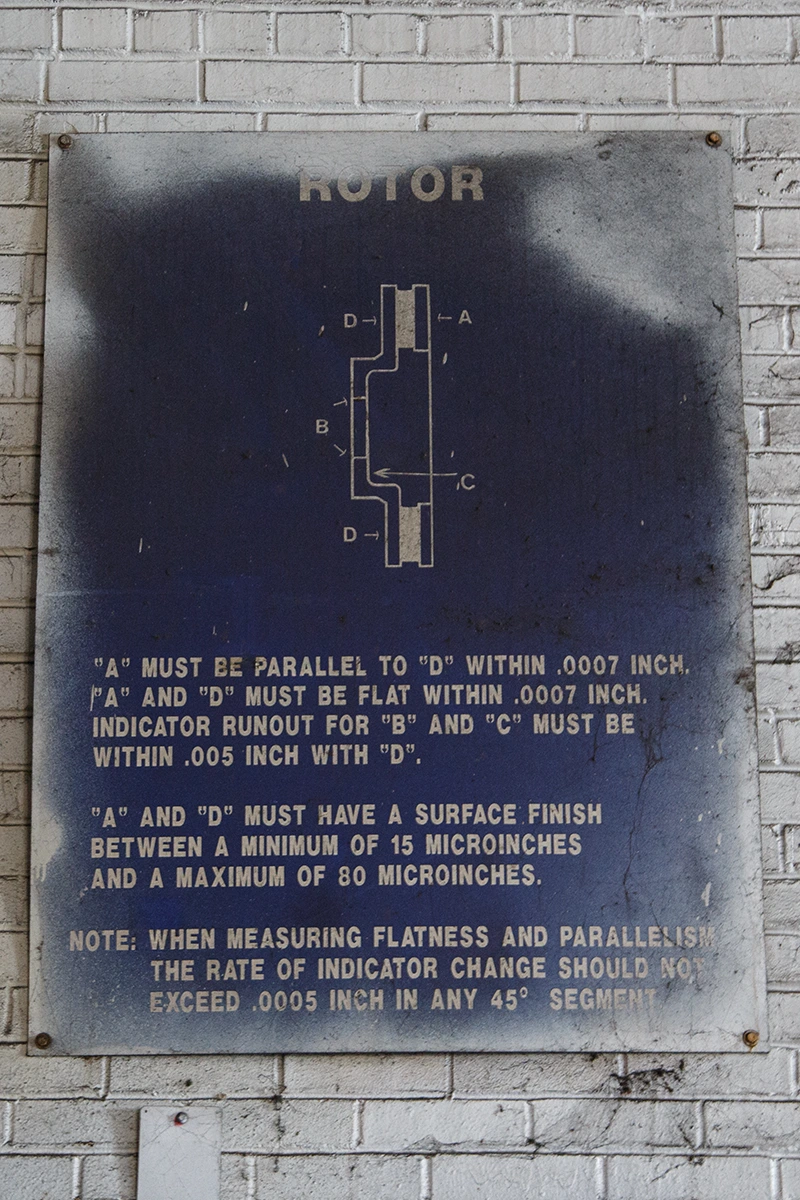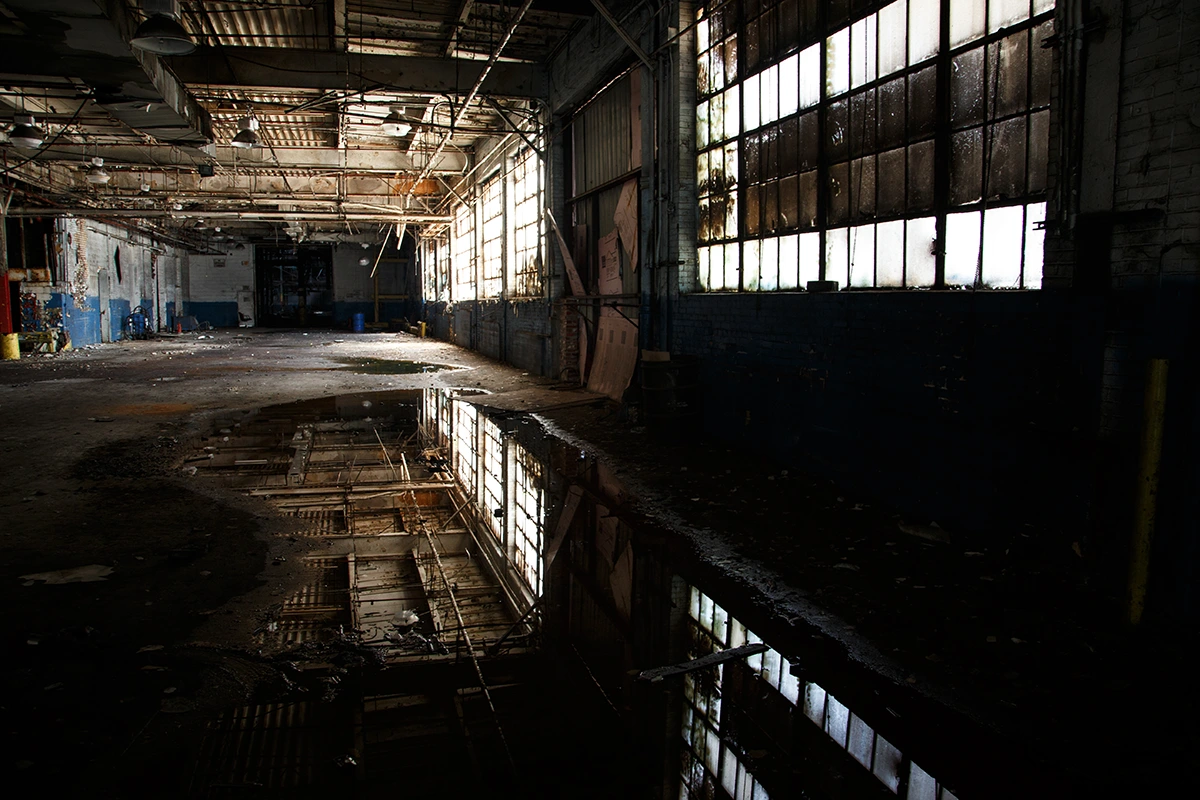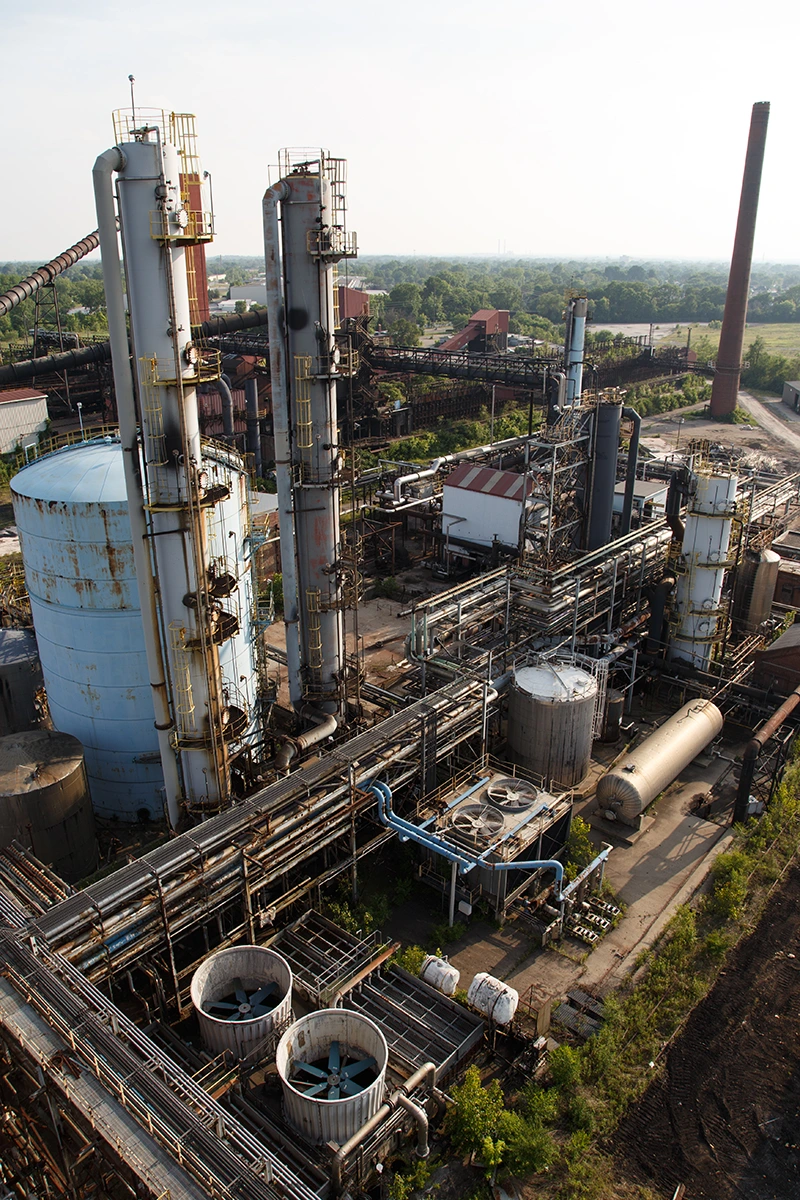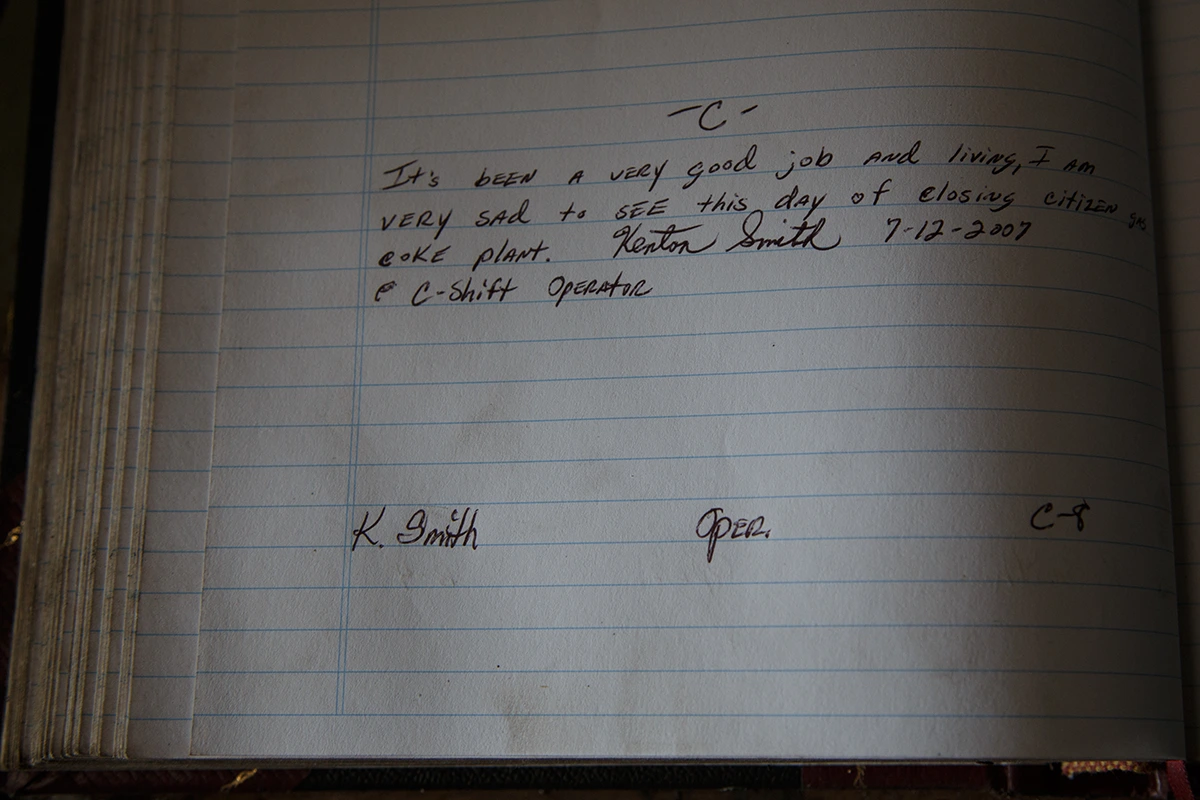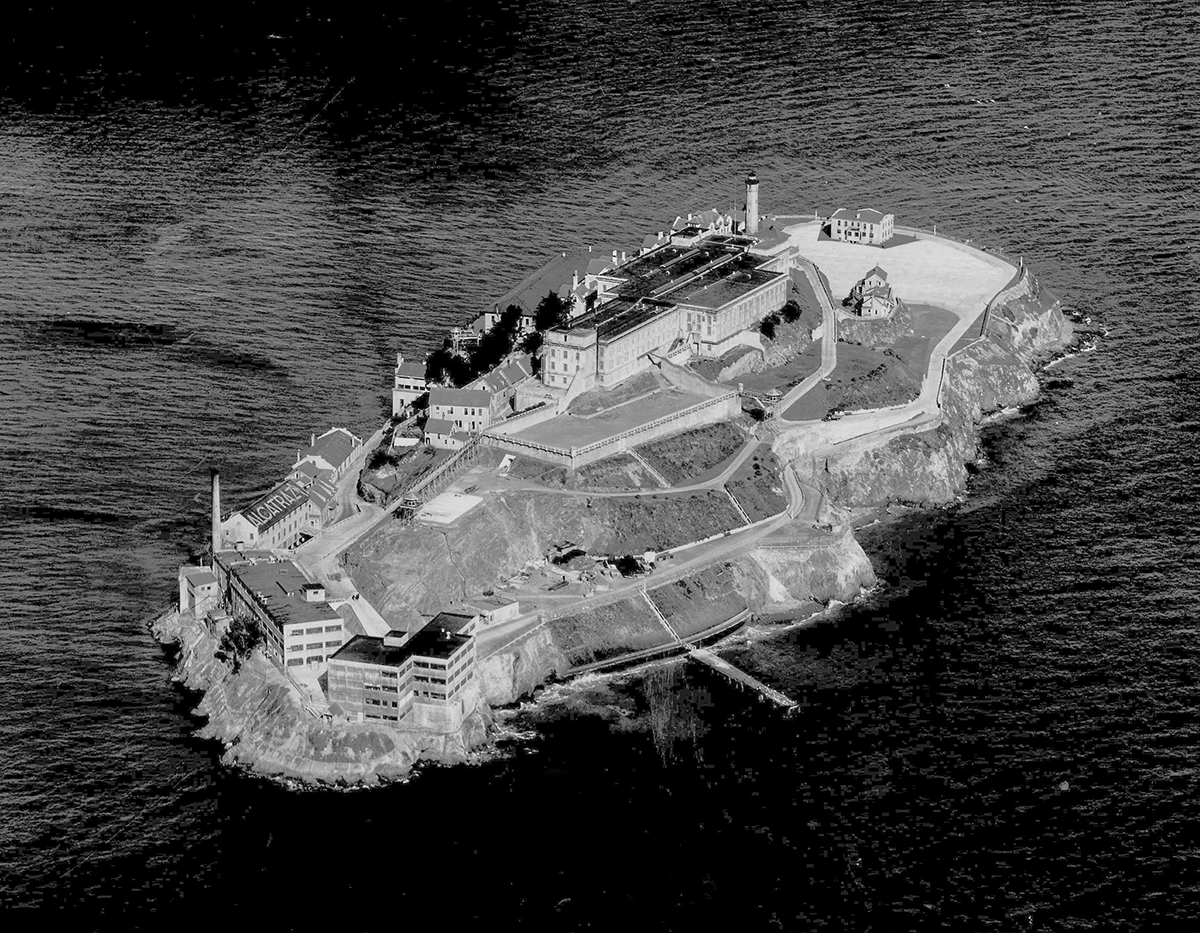Tuesday, June 30, 2015
Century Electric Foundry was constructed in Saint Louis in 1929 and was employed in the production of a variety of hardware from electric motors and generators to auto parts. The company, based in Saint Louis, was one of the largest such manufacturers in the nation. Their motors ranged from small fractional horsepower types used in small appliances all the way up to industrial strength versions capable of powering an entire factory.
Century Electric started out as the H.E. Lindsey Electrical Supply Company on July 1, 1900 but that only lasted until 1903 when Lindsey left and the company reorganized. During the initial years, they operated out of a former church and could only produce one motor at a time but soon expanded to the point they were exporting their products to over 90 foreign countries. In 1914, they devised a new form of small repulsion type electric motor which almost single-handedly caused a revolution paving the way for early household appliances. The first successful electric home refrigerator had a Century motor inside. Frigidaire became a major customer having purchased a large part of its compressor motors from Century before designing and building their own. They went on to innovate in the area of desktop and ceiling fans and the business quickly outgrew its various smaller office buildings and factory spaces before finally acquiring the land that this foundry sits on today which they acquired from the Lily Busch estate. On April 30, 1930, the foundry commenced its first pour.
In 1972 they were merged with Gould Inc. Federal Mogul came into the picture in August 1998 and continued the facility in much the same manner as it had been used. Eventually, however, much of the work was moved overseas and the foundry shut down in June 2007. It had remained vacant ever since.
It is now guarded by a menacing tan colored minivan parked out front and its driver who snores comfortably inside a closet-sized shack behind tinted windows. Despite such a heavy security presence, some fools still travel through the urban jungle in hopes of reaching the condemned and hollowed spaces within the Temple of Grime, under whose roof many craftsmen once labored. Back then, electricity still pulsed through the walls like veins carrying the lifeblood of modern industry. When the heart stopped, the electricity ceased to flow and valuable organs were torn from their host. The factory now produces only silence and black grime covers everything. It gives a false surface to the floor and cakes into your boots, weighing them down with every step. Grime stalactites cling to the surface of the machines that once stirred their constituent particles into being. Contaminants mix with rain water to form multicolored pools of sludge on the factory floor where ragged doorway curtain strips sway back and forth with the wind. Vague silhouettes of passing vehicles streak past the dirty windows and the sharp and hurried commotion of the traffic from the streets is dulled into a drone whose rumbles and shrieks find their way inside the rafters and echo down the halls and get lost in the dark spaces.
UPDATE: Following a $230,000,000 renovation: The Century Electric/Federal Mogul Foundry of Saint Louis is now "City Foundry STL". Such a transformation for this site is a feat I would never have thought possible.
Click here for video.
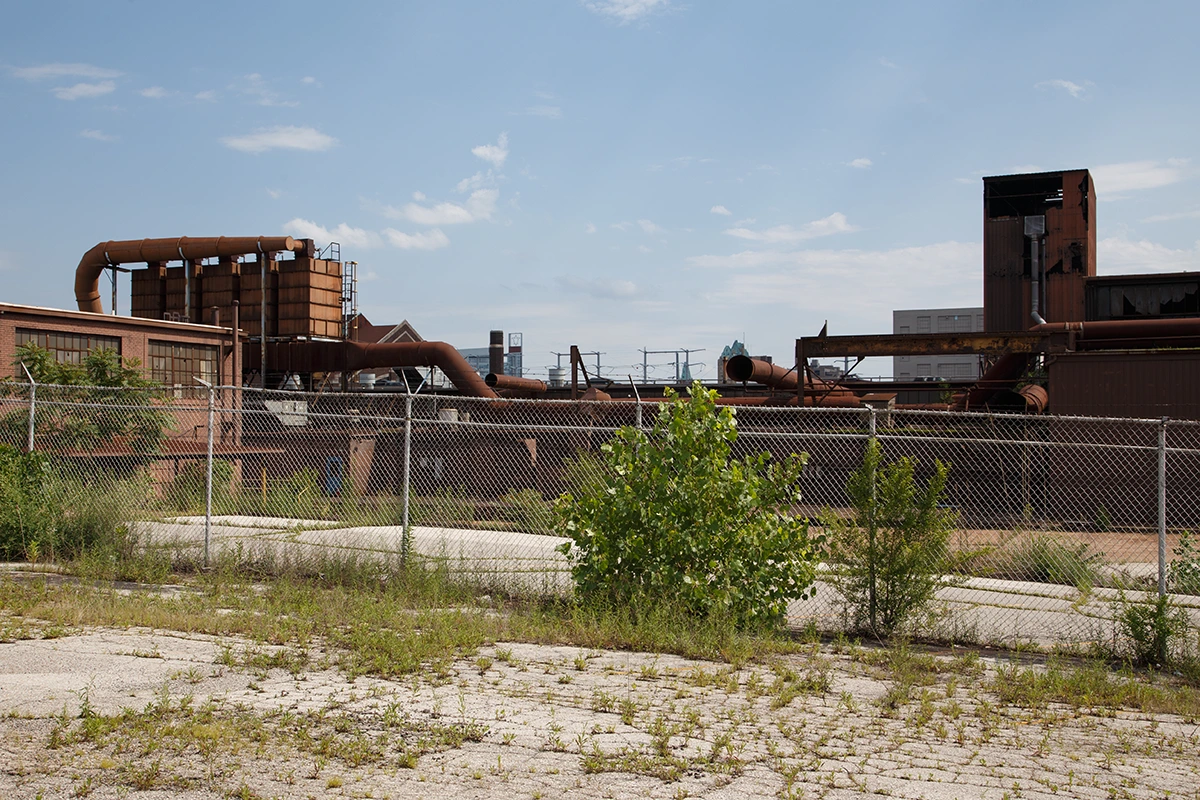
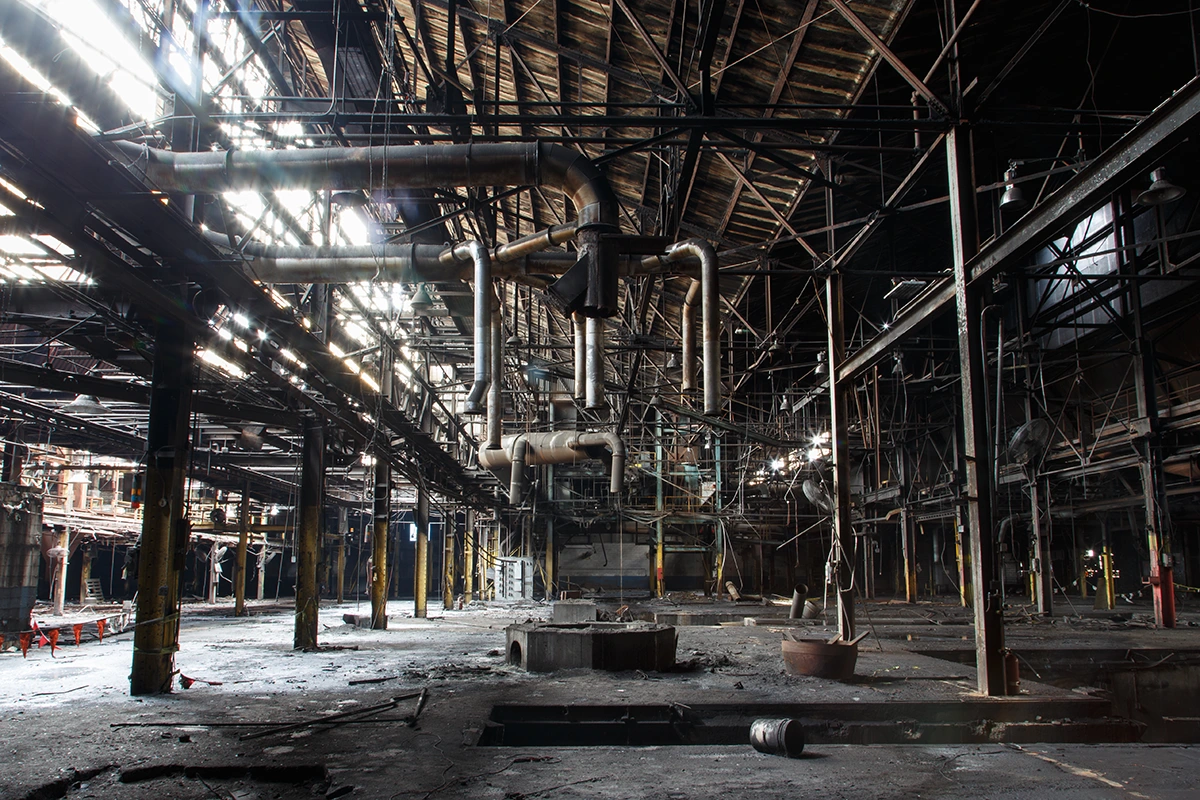
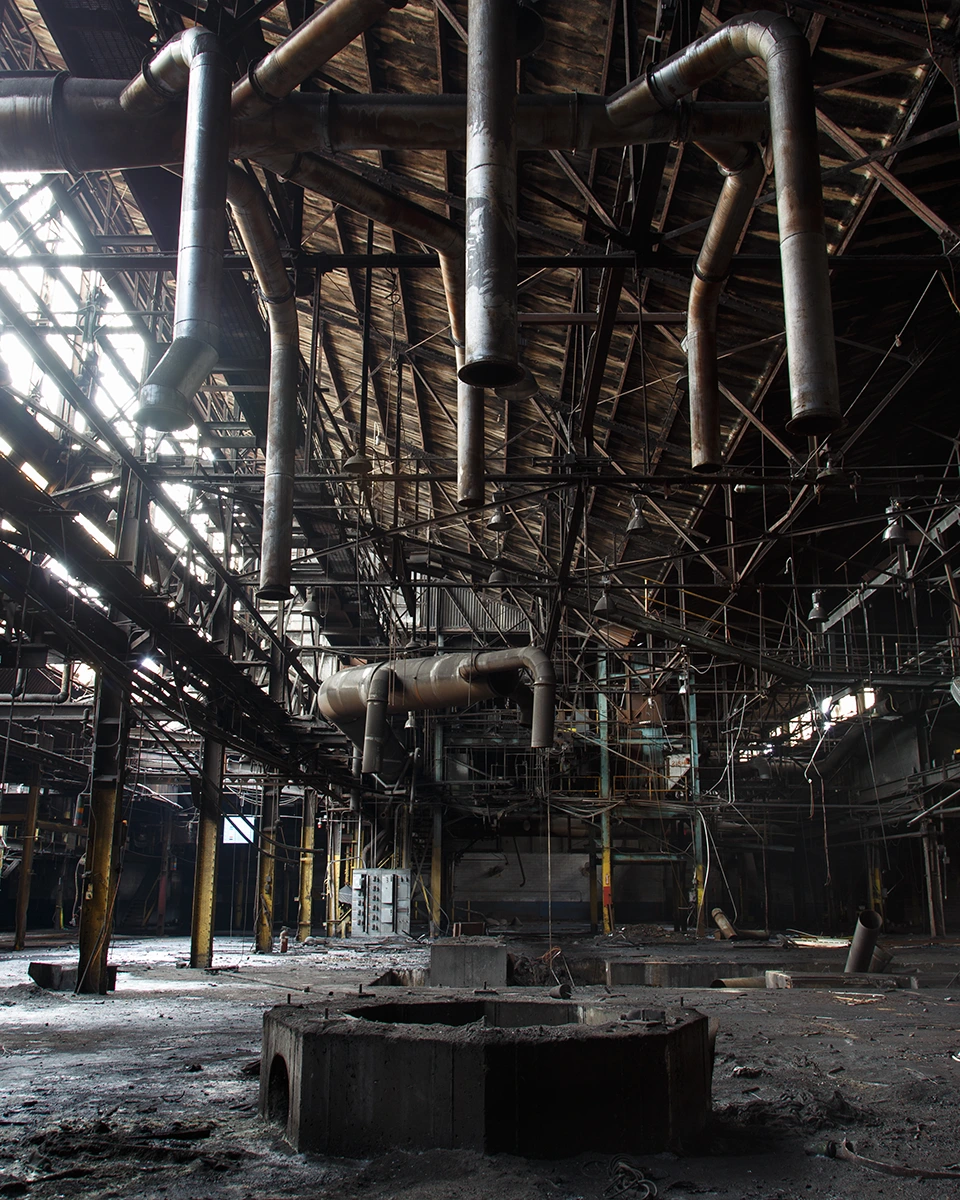
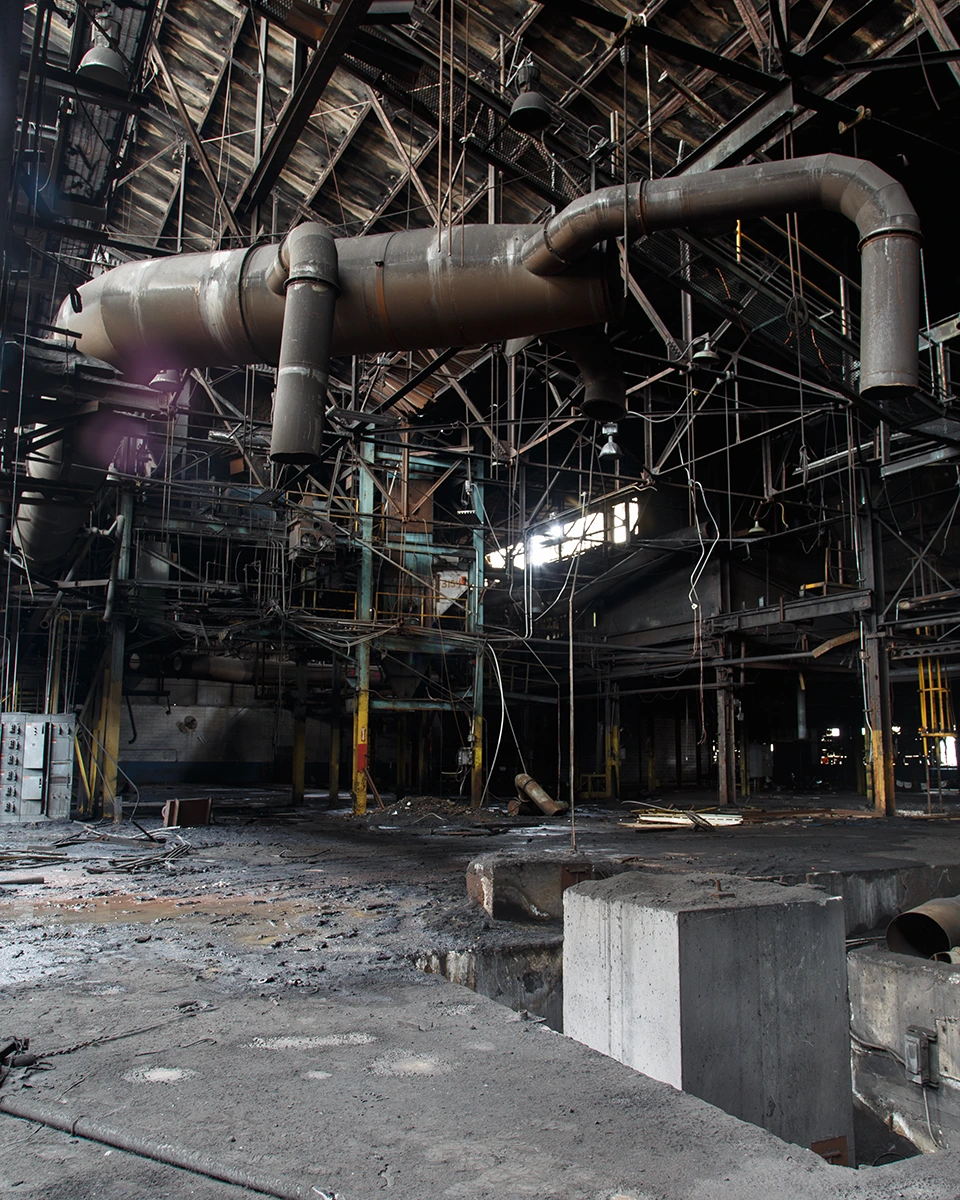
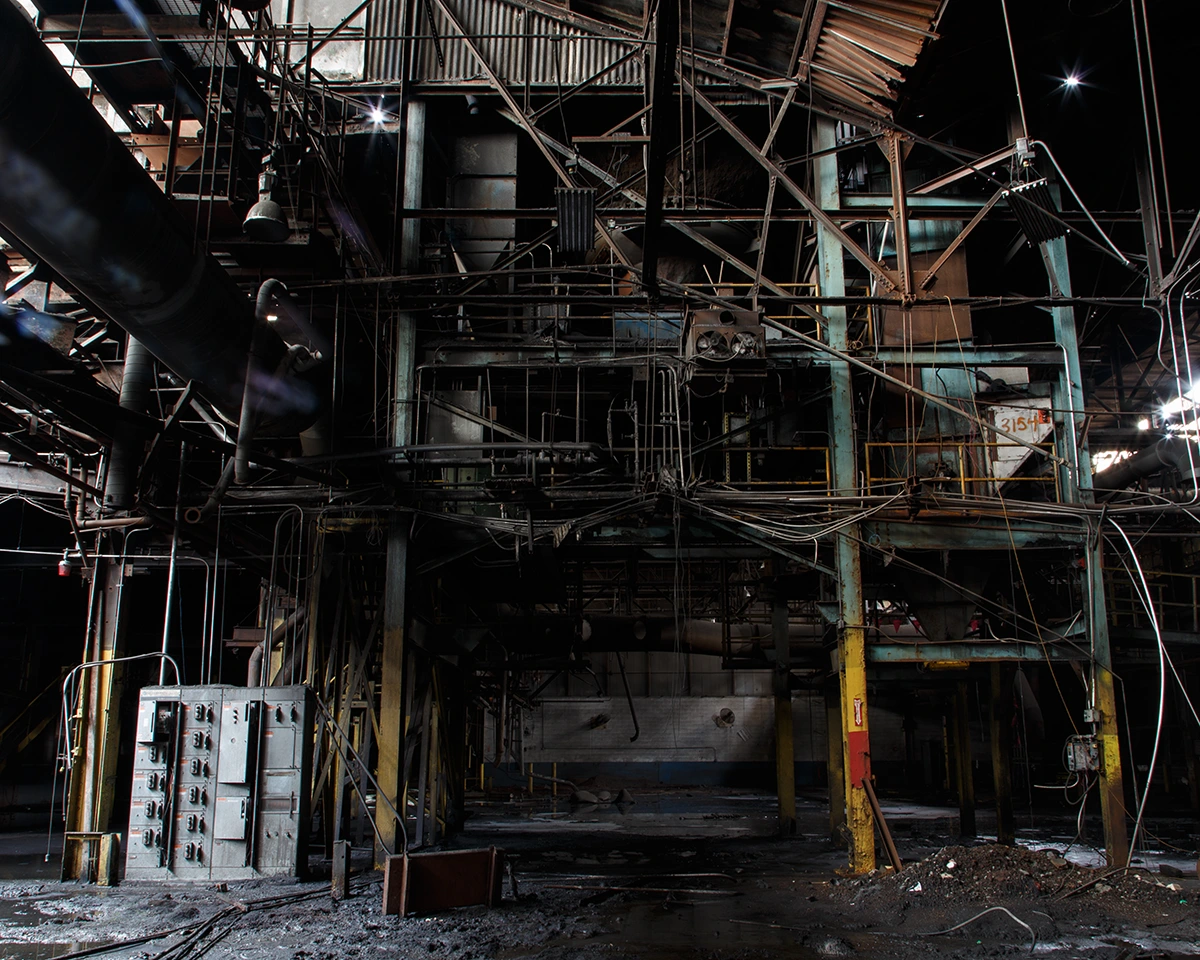
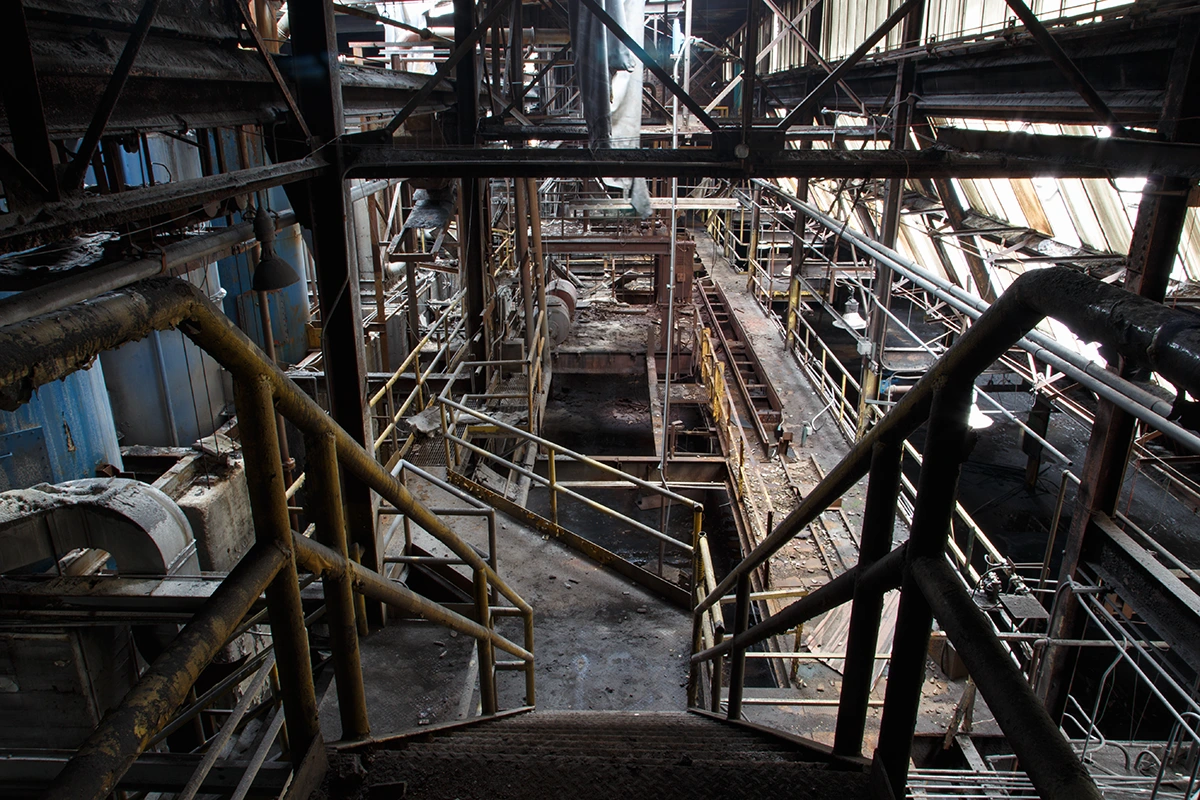
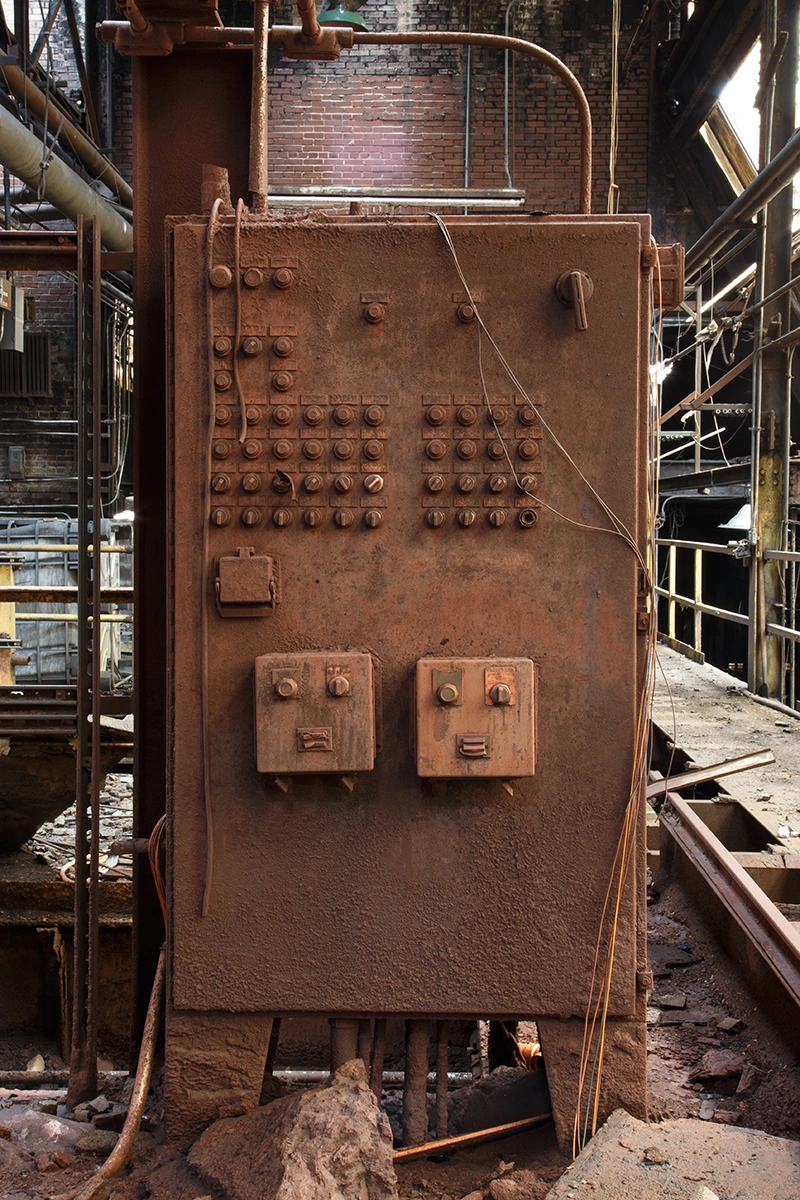
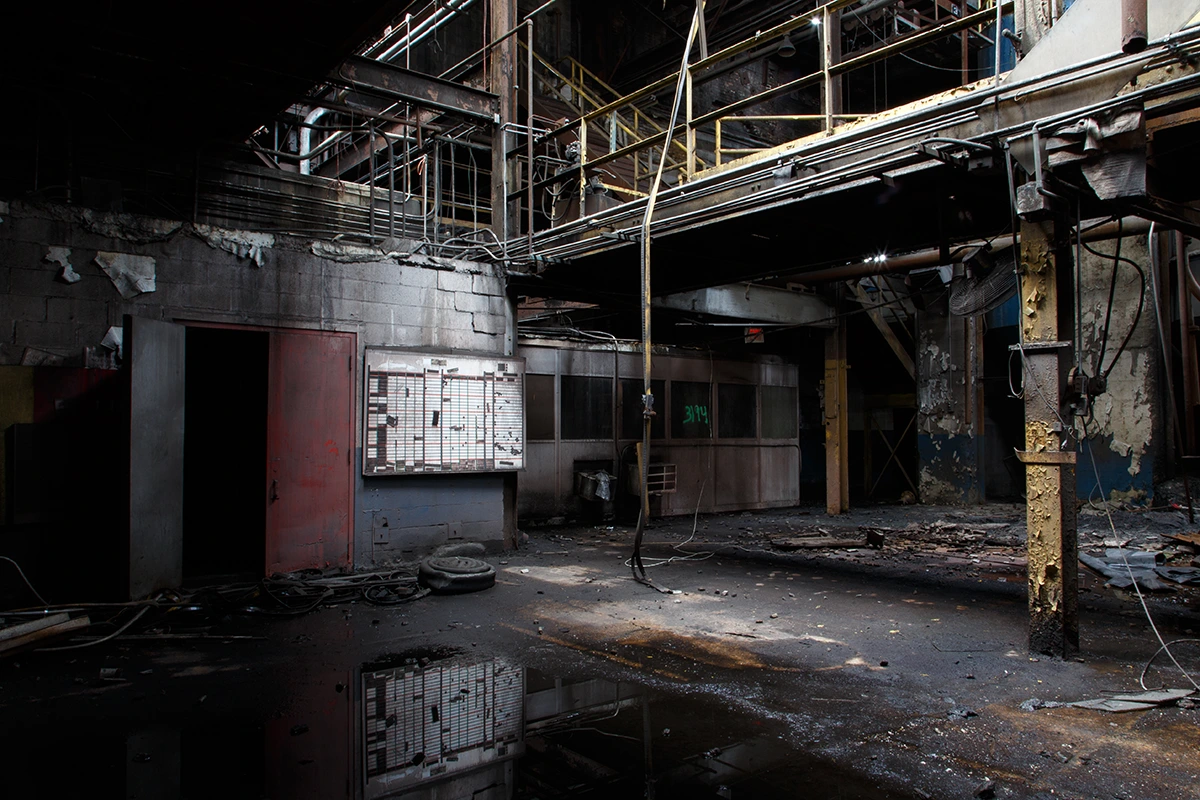
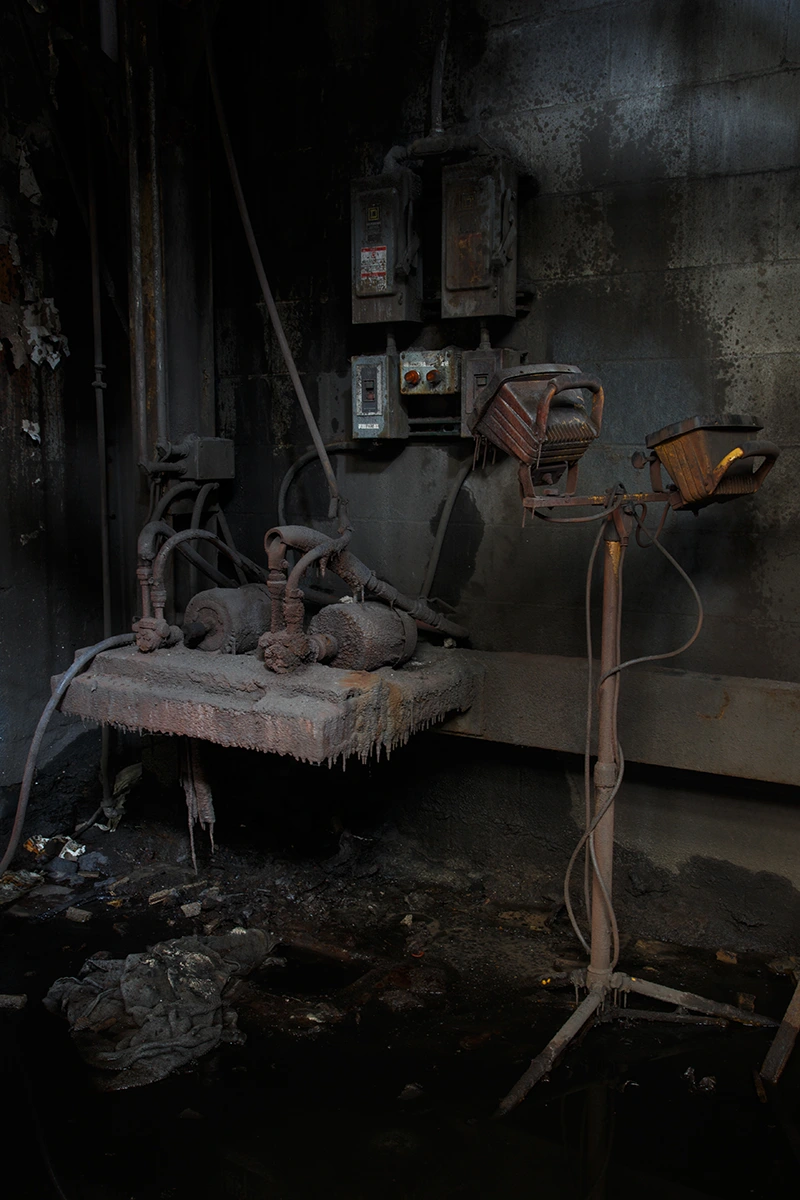
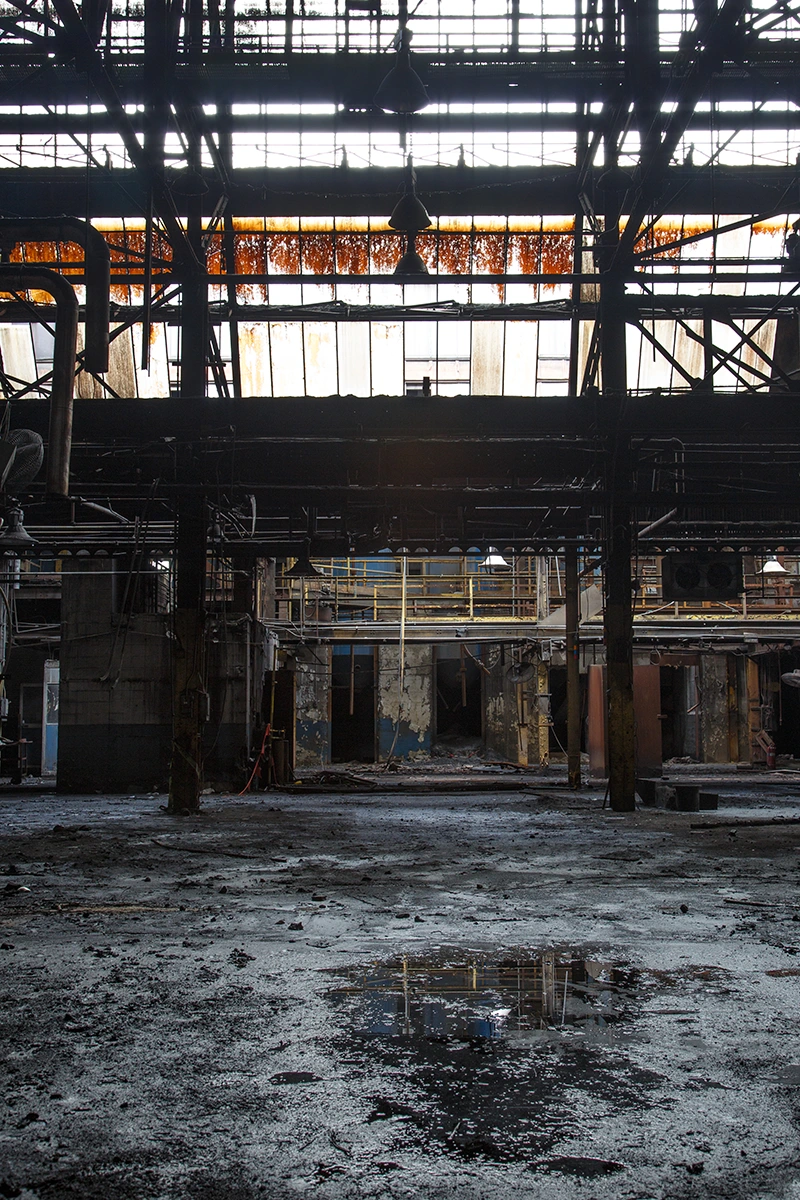
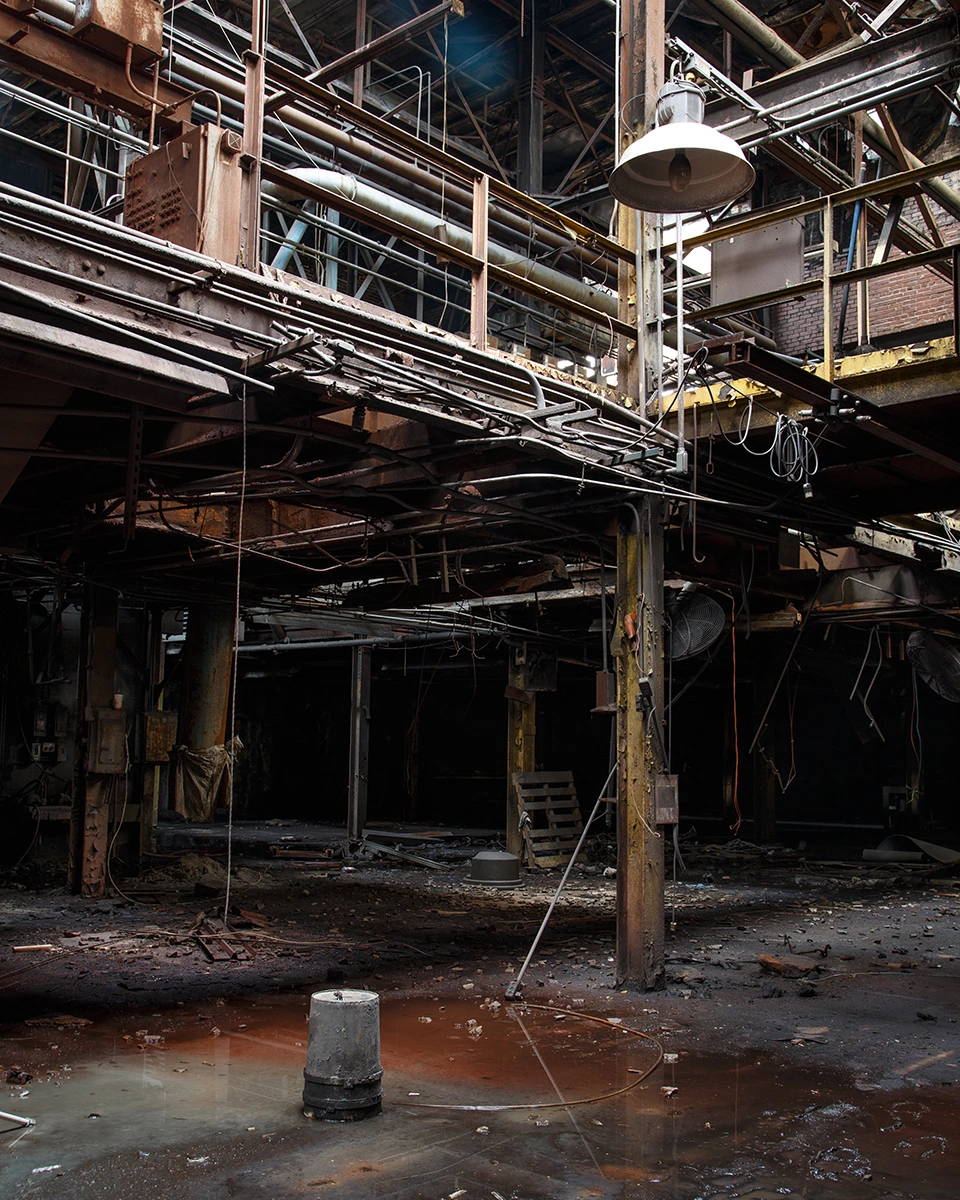
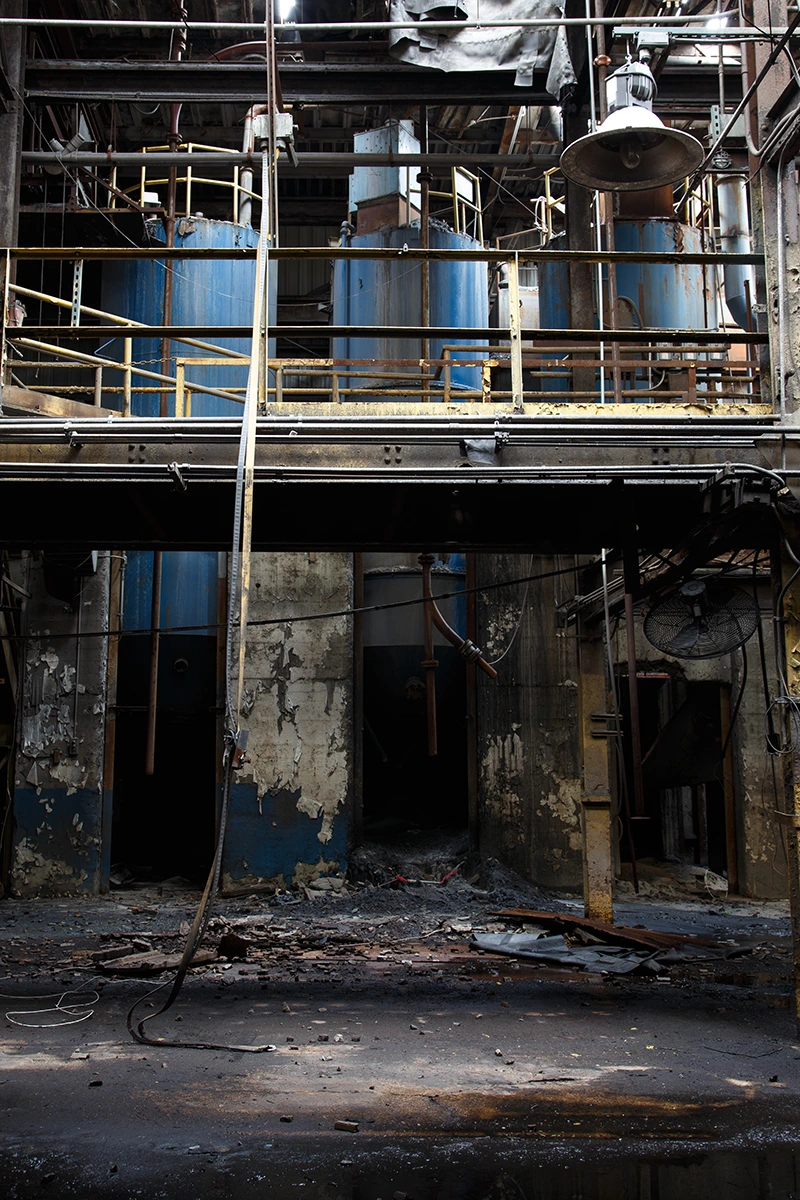
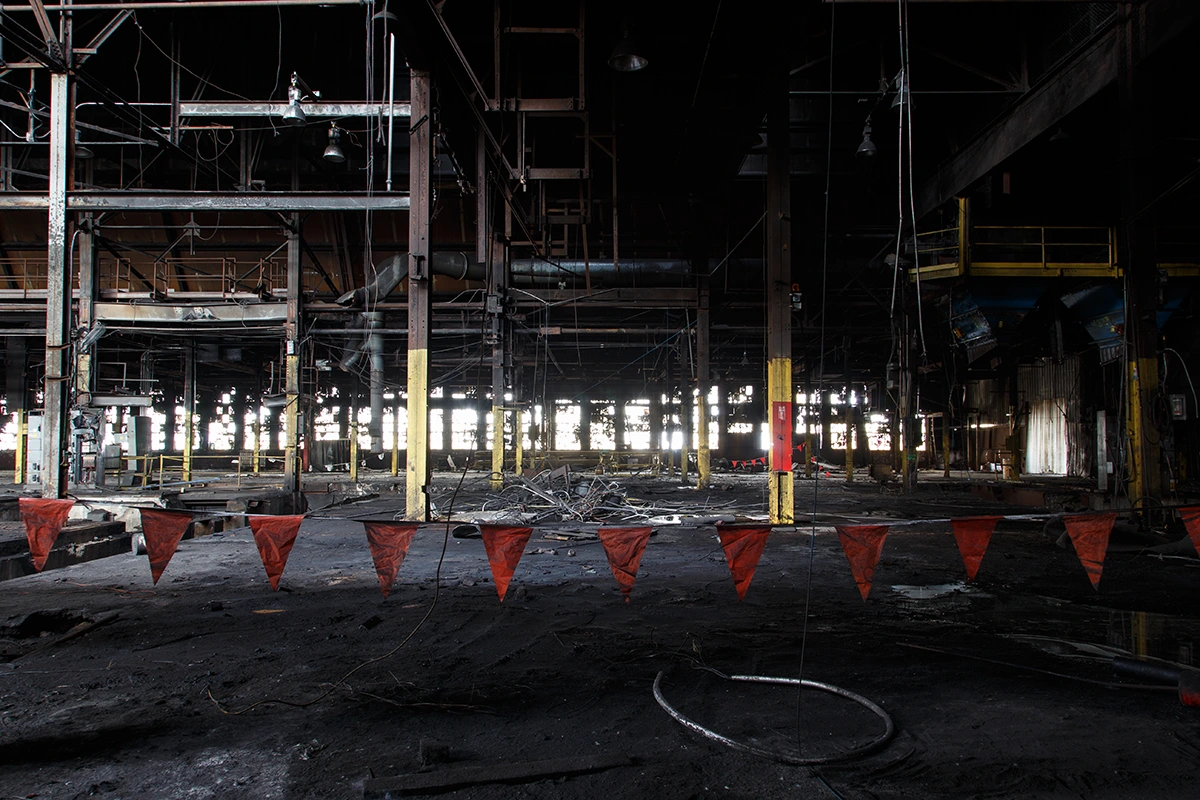
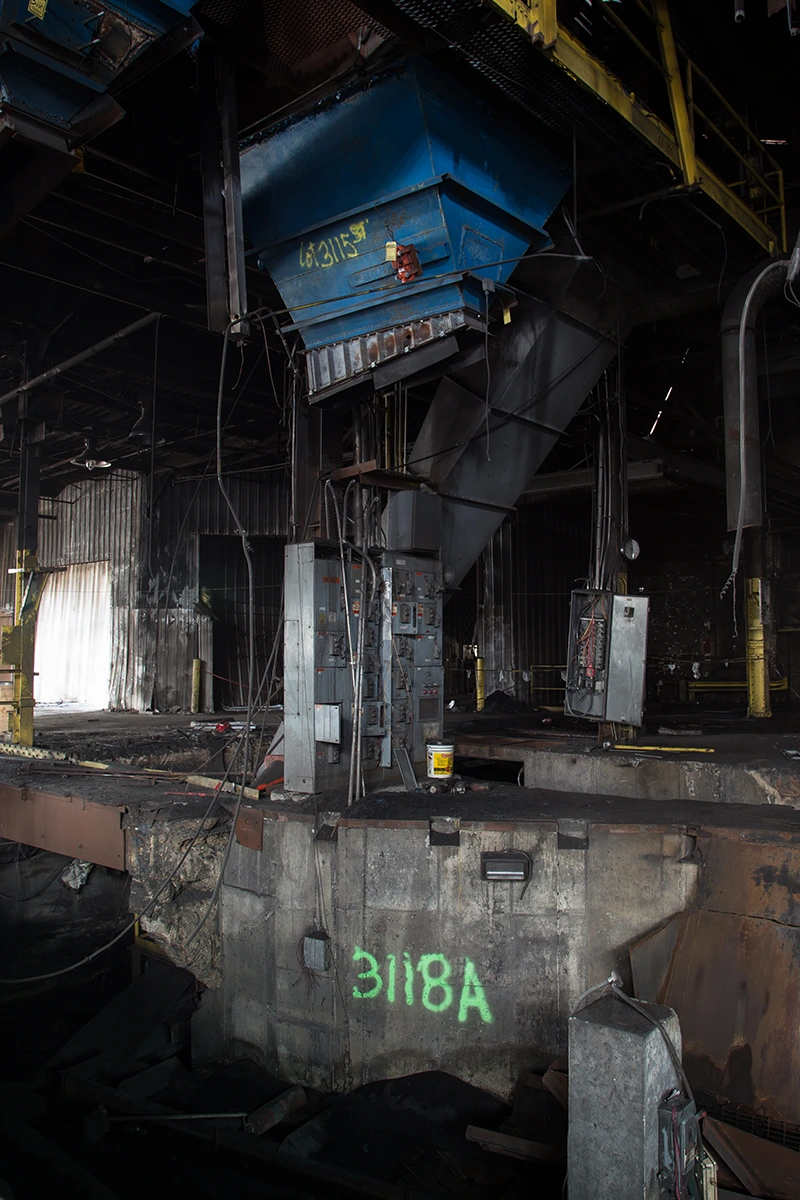
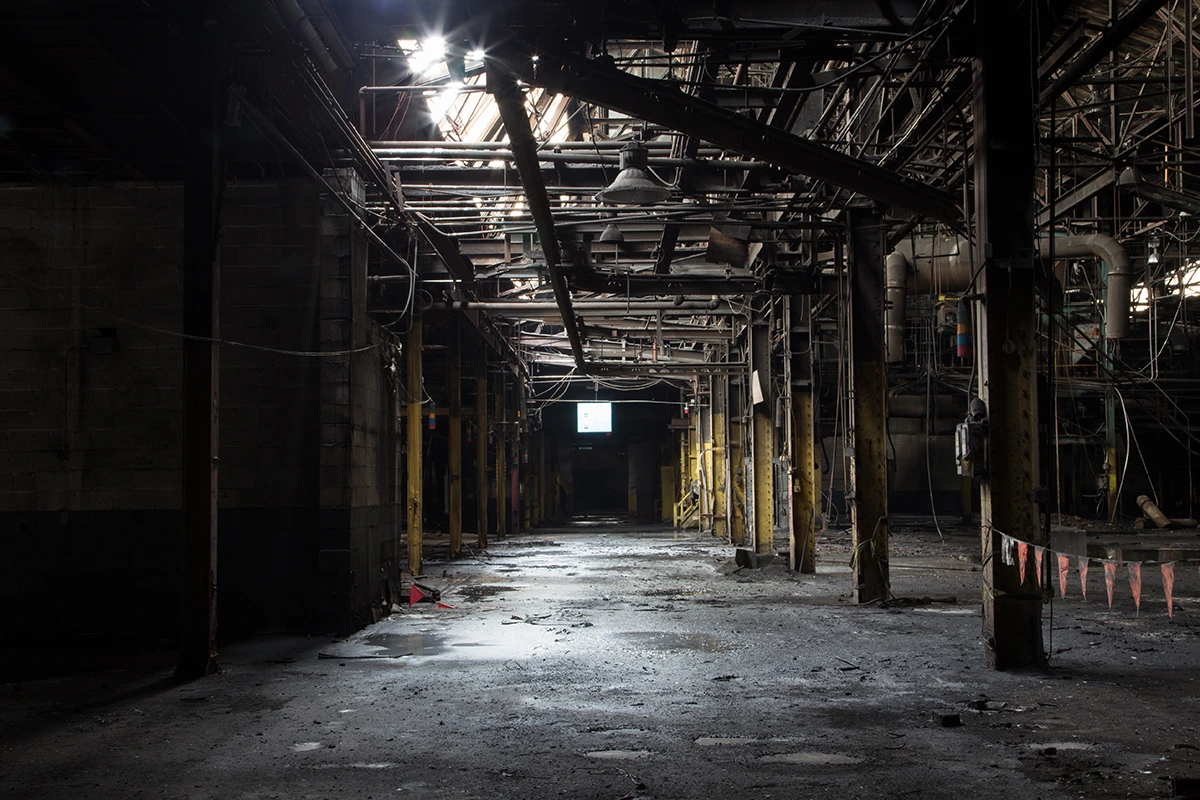
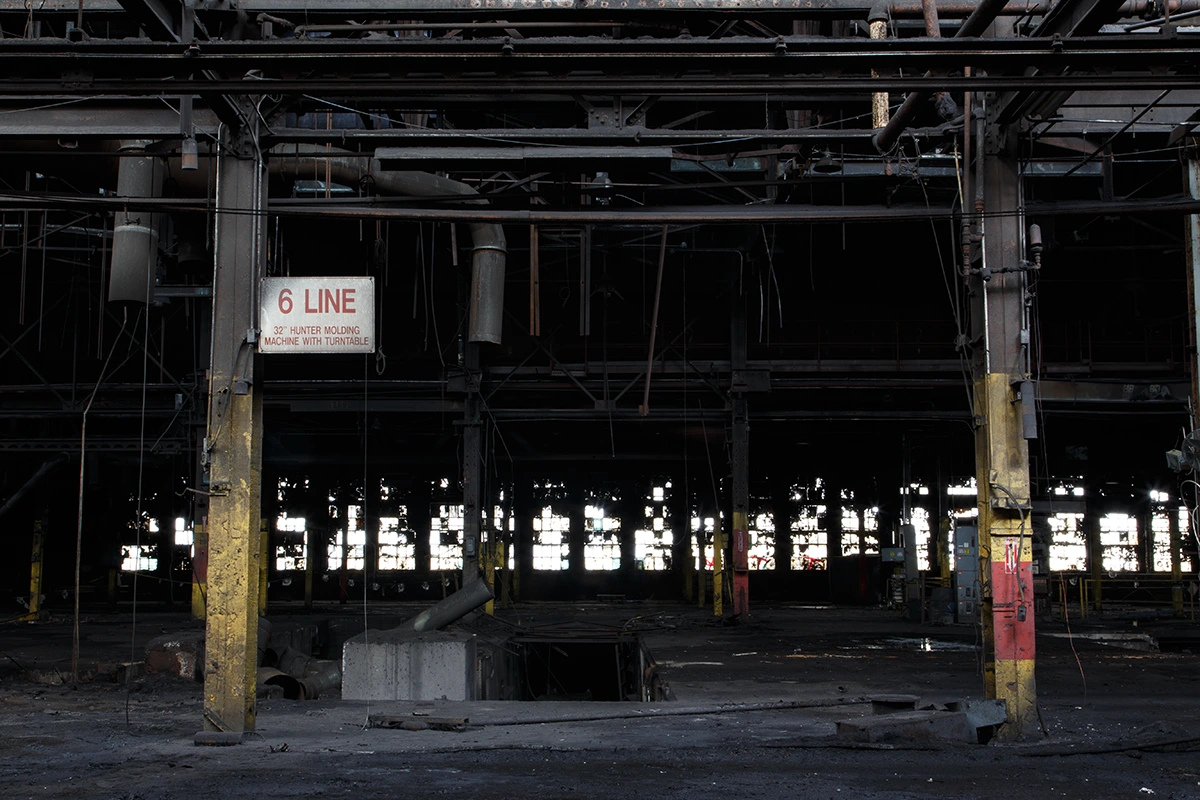
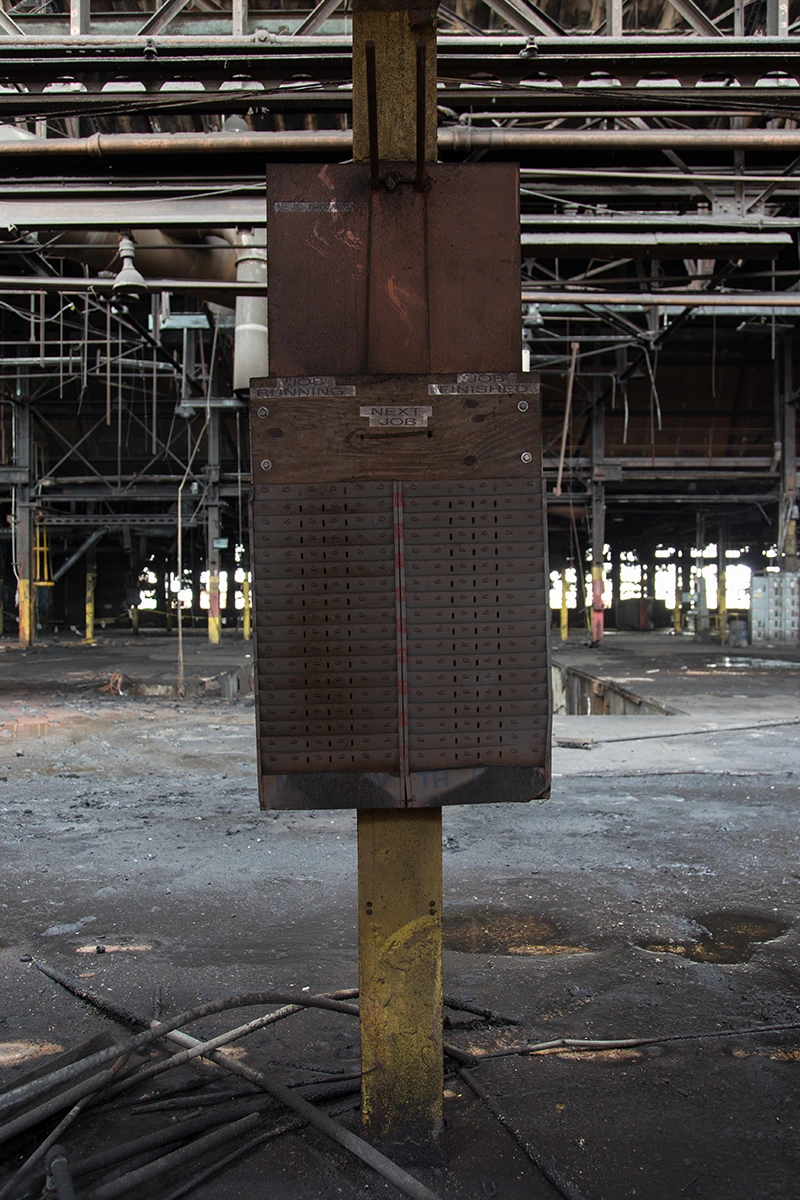
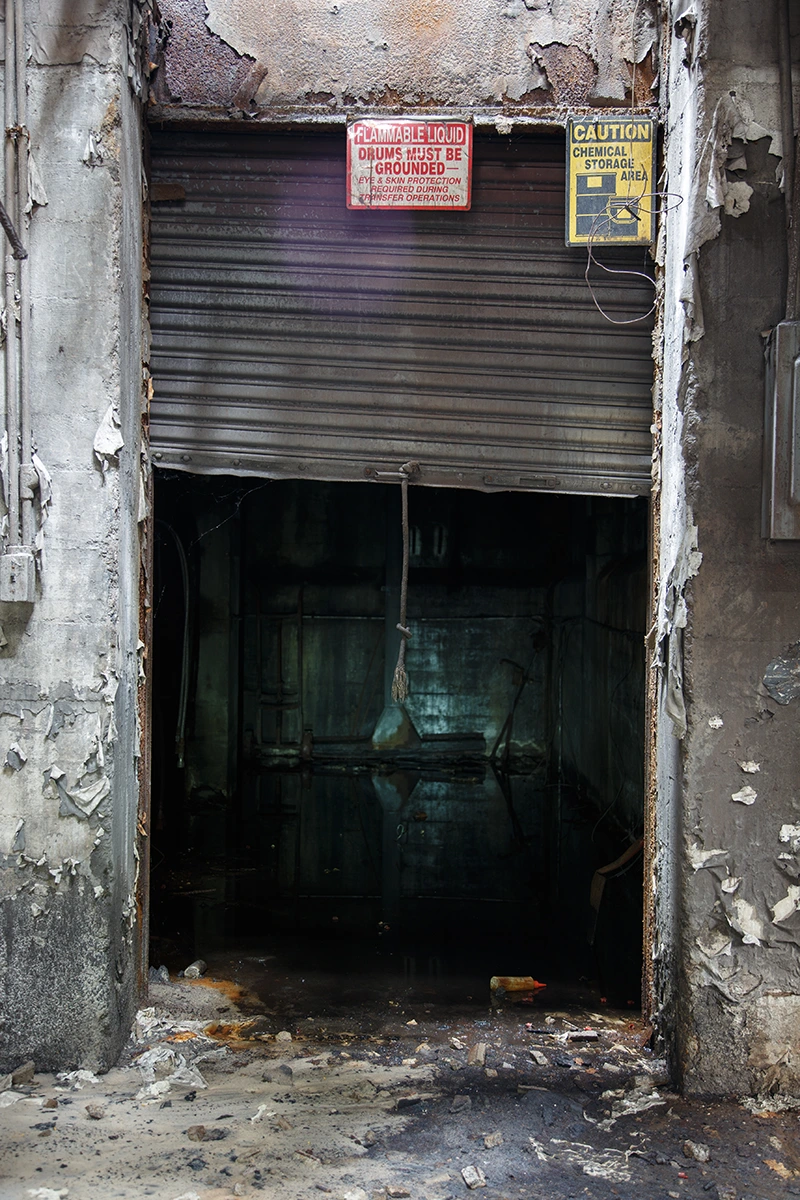
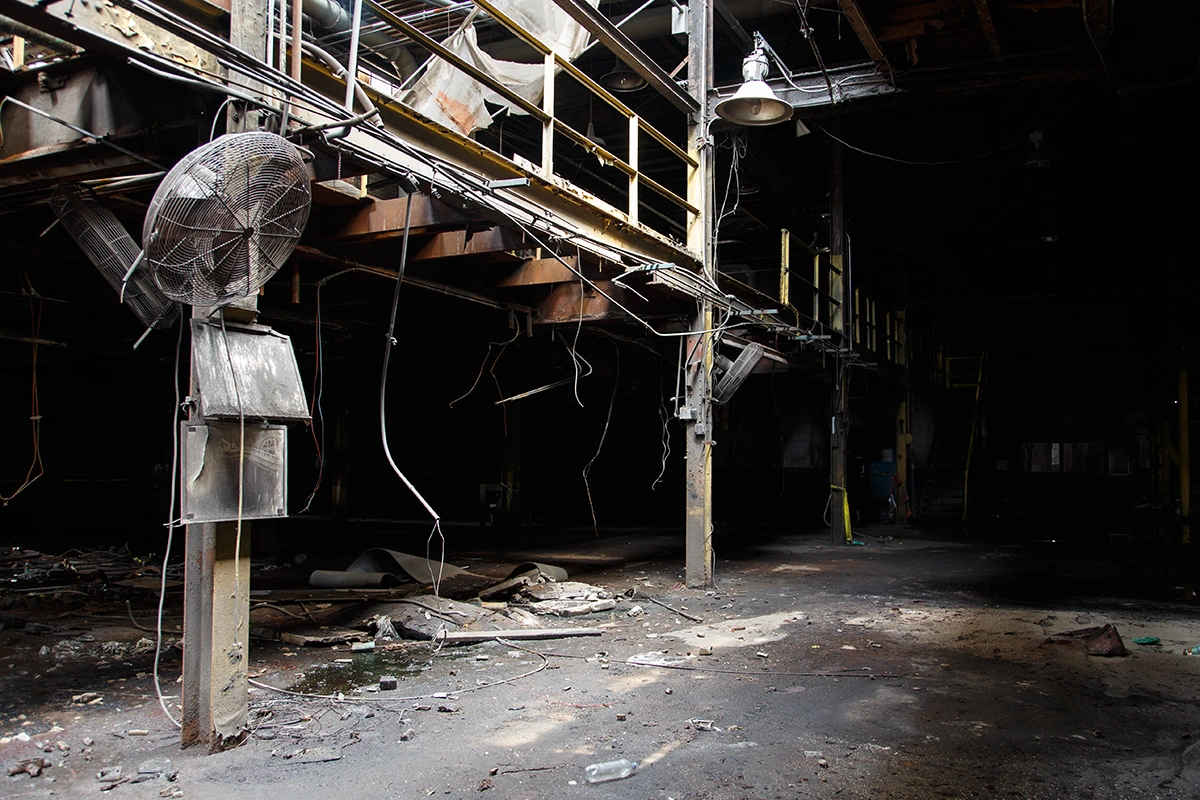
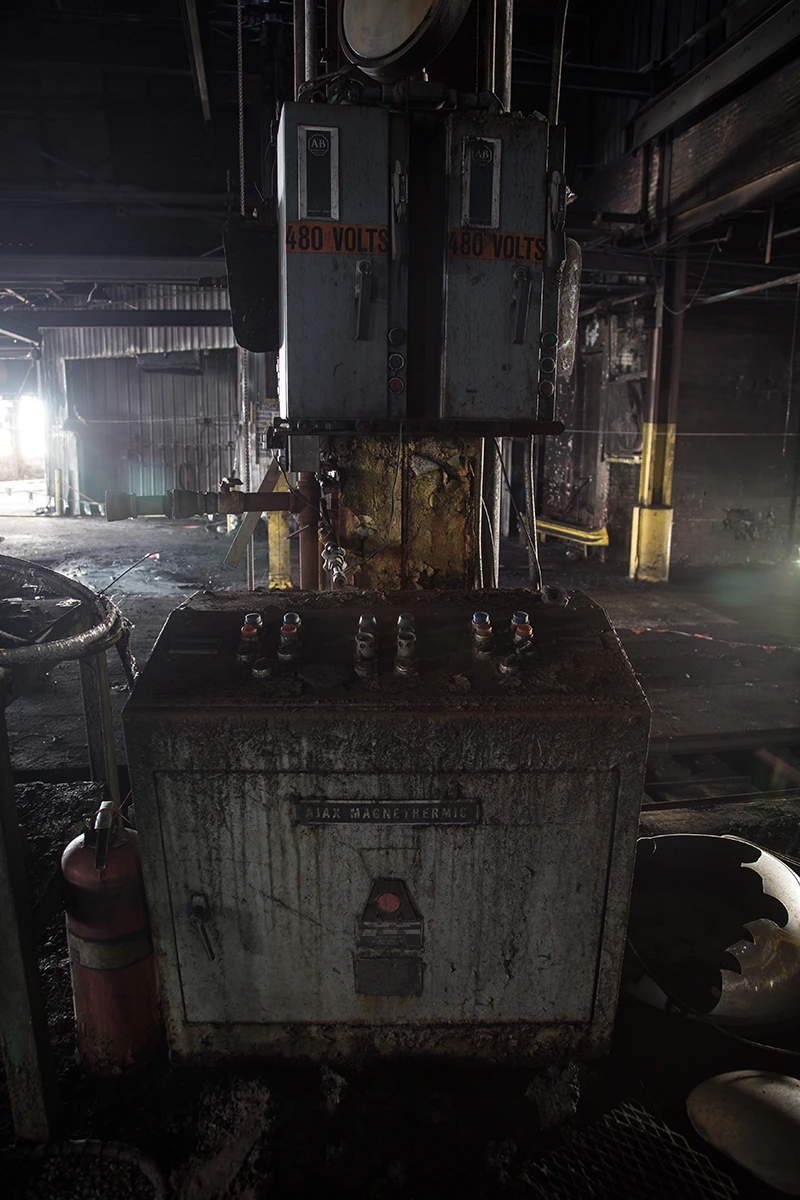
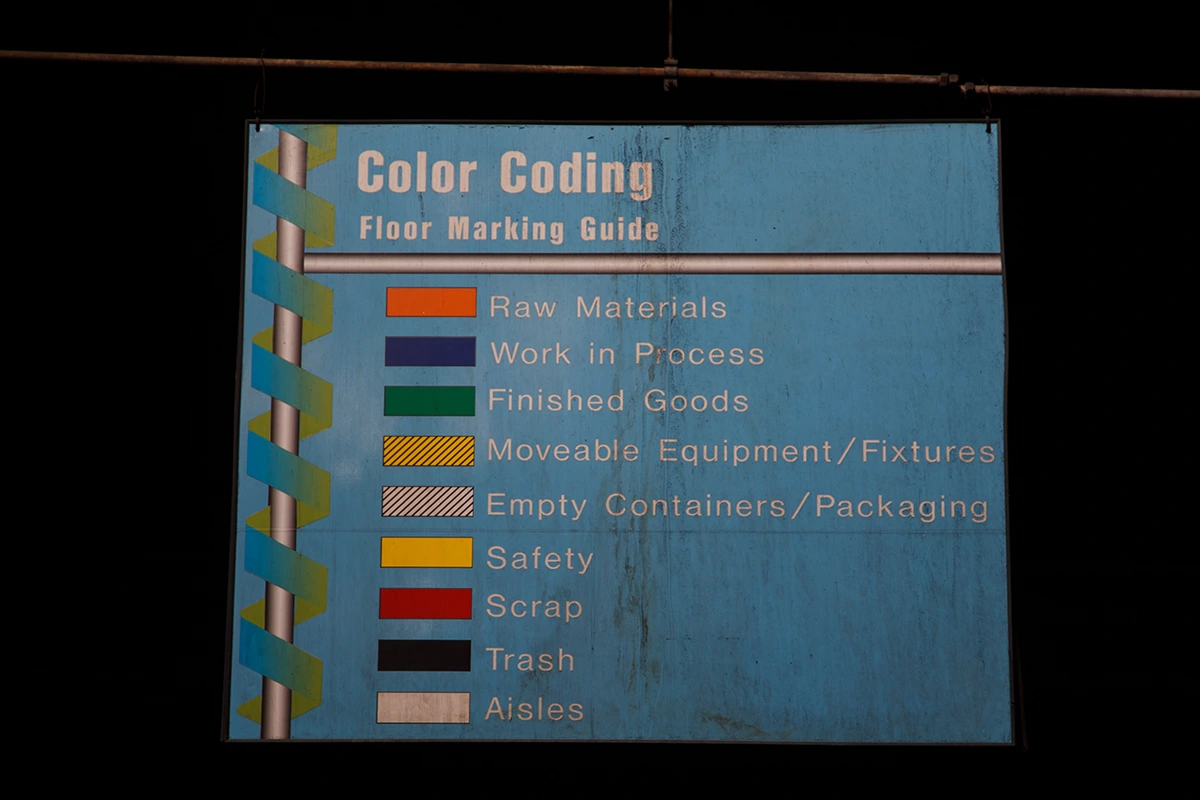
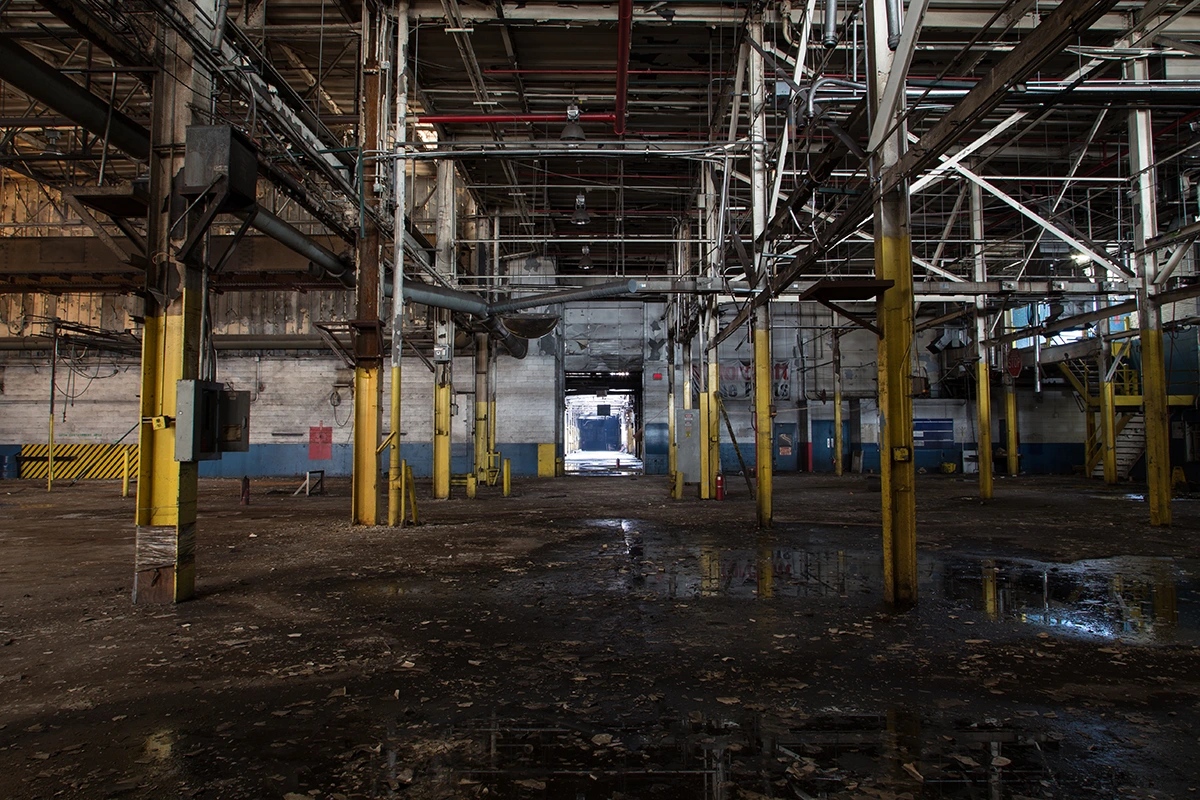
Labels: abandoned, automotive, factory, grime, industrial, saint louis, urban ruins
Friday, June 19, 2015
Indianapolis Coke was founded on October 24 1887 as Consumers Gas Trust Company. This company was formed by, among others, city leaders Thomas Morris, Colonel Eli Lilly and Benjamin Harrison as a public charitable trust in an effort to prevent Standard Oil Company from acquiring the franchise over the large natural gas fields recently discovered in parts of Indiana thus giving them a monopoly over all gas in Indianapolis.
But decades before Consumers Gas Trust Company was formed, fierce rivalries had been waging war. Gas entrepreneurs who all vied for the right to provide gas for Indianapolis battled each other over contracts, rates and customers. And before the dust settled, the earth would shake beneath them.
By 1850, several proposals were made by parties interested in supplying gas to the growing city of Indianapolis. One of these groups was that of William Sheets and J.D. Defrees. Sheets and Defrees had installed the first gas lighting in the new Masonic Grand Hall on Washington Street (now demolished). But it was John J. Lockwood, for whom in 1851 was approved an ordinance granting exclusive rights to provide manufactured gas for the city for the duration of 15 years. The company was named Indianapolis Gas Light and Coke Company and production was to start by February of 1853. Although they failed to meet this deadline, they were successful in becoming the first major producer of gas in Indianapolis and the company continued to see steady expansion each subsequent year starting in 1855. With the onset of the civil war in 1861, through its conclusion in 1865 the city saw continued industrialization and by 1868 Indianapolis Gas Light and Coke Company had 1,550 customers bringing production up to around 175,000 cubic feet per day.
By the time the original 15 year contract expired in 1866, there was a renewed interest in the gas industry. This would spur fierce competition between the old gas company, the local government and its citizens. The old company managed to negotiate a new contract but it was evident that discontent was growing. They eventually agreed to lower rates but that wouldn't be enough. In 1876, entrepreneur Robert Dickson offered real competition. On May 1 1876, Citizens Gas Light and Coke Company was formed. In July, construction began with a promise that it would start producing by January 1, 1877. And thus began a series of small battles between the old gas company and the city as it became clear that competition would drive the rates down. The city refused to pay for its February gas bill claiming poor quality gas and it was threatening to replace gas burning street lamps with oil lamps.
In the fall of 1877, the new Citizens Gas Light and Coke company was nearing completion on its new gasworks and the initial 10 miles of gas lines were laid. To generate interest in their product, they boasted rates so low, $2 per thousand feet, that if their competition could go lower, then they would wave their potential customers on to them instead. Prior to this, Indianapolis Gas Light and Coke had been selling at rates between $3-4 per thousand feet so this appeared to be a pretty good deal. But this threat did not go unnoticed and Indianapolis Gas immediately countered with an even lower rate. They would go as low as $1 per thousand feet. And to make the deal even better, they would reward those who paid in cash with a further 50% bill reduction. The fight was on.
It was the beginning of lunch hour on Thursday, November 15, 1877. Workmen were gathered in the blacksmith's shop at the new Citizens gasworks when a violent explosion rocked the city. General Benjamin Harrison (who would later be a founding member of the Consumers Gas Company) was returning to his home on North Delaware Street when he heard the blast and turned to see pieces of sheet iron rocketing 150 feet through the air. Glass windows were shattered as far away as a mile and a half. Back at the site of the explosion, iron pillars supporting the storage tank were sheared off at the ground. There was nothing left of some buildings except the floors and rough foundations. Some outbuildings had literally vanished altogether. A smaller building that housed the valve between the holder and the entirety of the gasworks was obliterated, but fortunately the valve had remained closed. The main building and blacksmith shop suffered the least damage but even so, door and window casings were splintered and all of the windows were shattered. The workmen in the blacksmith shop were a mere 50 feet from the gasholder and yet none were seriously injured in the explosion, although one was hit when the doors blew open. Debris was scattered 200 feet from the buildings which it had comprised before the blast. Gas mains from as far as three blocks away were blown from the ground. Many businesses in town suffered window and doors being obliterated and some owners would claim financial ruin as a result. And yet, despite the incredible destruction that had ensued, no person was seriously injured. A testing procedure on the mains had occurred directly before the explosion but no foul play was suspected to have been involved. It was later believed to have been started by a small earthquake that had occurred nearby at about noon that day.
The disaster marked the end of Dickson's new Citizens Gas Light and Coke Company. The old company, Indianapolis Gas Light and Coke, effectively absorbed what remained of their upstart competitor.
But now there was new competition on the horizon. Natural gas wells were sprouting up all over in the north-east. While discoveries had been made numerous times since the 1860's, natural gas was not yet recognized as a viable fuel source. But soon, strong pressure gas wells were being discovered and the potential was soon apparent. Exploratory drilling would soon lead to the discovery of the large natural gas fields of Indiana. In particular, the Kokomo gas well number 2 was of such high pressure and volume that it supported a flame 50 feet high and 30 feet wide. It would go on to produce 4 million cubic feet of gas every day for the next four years. The discovery of the gas fields quickly ignited a new fight for dominance over the local supply and the old Indianapolis Gas company was once again ready.
Public meetings were held regarding the availability, the price and the control of the natural gas supply were held and committees were formed. Opposing parties held meetings to discuss the matters. On one side was the group representing the interests of the Indianapolis Gas Light and Coke Company. On the other side of the fight was a group concerned with stopping the growing monopoly that was the old gas company. William Patterson, a Greenback politician, argued that if consumers would simply join together and invest the amount of their annual fuel bill towards the cost of piping the new fuel sources, they could greatly reduce the fuel costs and avoid giving control over to the old company which would then have a monopoly on all gas in the city. On October 24, 1887 the Board of Trade held a meeting from which the Consumers Gas Trust Company was born. Alfred F. Potts and John B Conner presented their plan for securing the gas supply for the trust. They would sell bonds to pay for their new gas works and $10,000 had already been pledged to the cause. They also had the support of several smaller local gas companies with whom they would merge to form the trust. The management of this trust would be in the hands of commissioners who were selected by a board of directors and thus avoid control by any one group.
Over the next several months the race to supply Indianapolis with natural gas was on. The Indianapolis Gas Light and Coke Company teamed up with various outside groups for control, including the Standard Oil Company, while the Consumers Gas Trust formed a grass-roots movement to canvas the neighborhoods and get the local consumers involved and invested. Both forces rushed to meet deadlines and to lay the pipes that would fuel the city. In November, the trust had met its goal of $500,000. Their first line reached city limits in December, at which location was held a celebration wherein they lit a 75 foot flame from the first of the pipes. On May 31, 1888, the trust was ready to open the mains. At 10pm, 300 pounds per square inch of natural gas was sent rushing through the pipes with such force that gravel and lead sealant blew out and showered over several blocks. And the ground shook a second time, only now it signaled progress. The test was completed successfully and Consumer's Gas was in business.
And almost as quickly as business took off, it came crashing down. The natural gas reserves were only enough to last until the turn of the century after which time it was evident that the trust would need to seek new product or be dismantled and its assets returned to the stockholders. The Consumers Trust would ultimately be reborn, however, through some complicated legal wrangling. On May 23, 1906, Alfred Potts and the the supporters of the trust formed "Citizens Gas Company" out of the ashes of the trust. But part of the conditions of the court proceedings was that Citizens Gas Company had only eighteen months to construct an artificial gas plant and to supply 60 cent gas to the city.
By November 1908, the coke ovens, cooling, ammonia and power plants, purifiers and foundations were all under construction. Soon, the plant was operational. It was regarded as one of the largest such plants in the country. Over the next several years, Citizens Gas Company continued to grow and soon would even overtake its fierce competitor, the old Indianapolis Gas Company. On October 1, 1913, Citizens and Indianapolis Gas companies were merged.
In August of 1921, it was announced that the company would surrender its franchise to the city but it would take many years to come to fruition. In September 1935, the Citizens Gas & Coke Utility was formed and was now under control of the city. It would continue operating at this location until July 12, 2007 when it was shut down for good.
UPDATE: This location has been demolished. RIP Citizen's Coke
Click here for video.
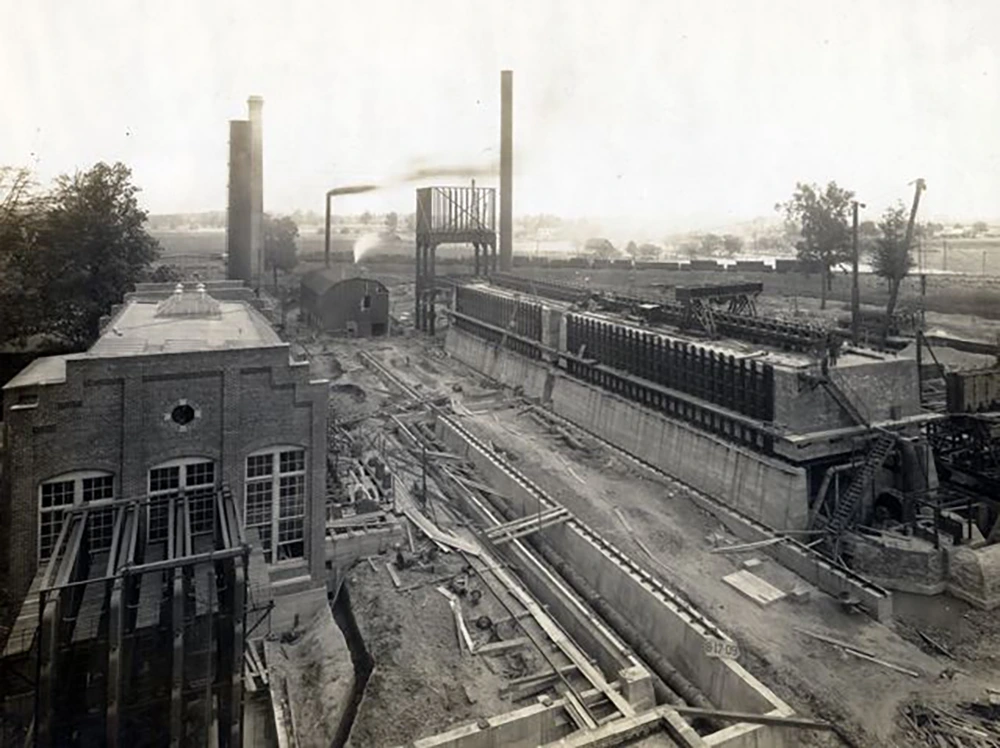
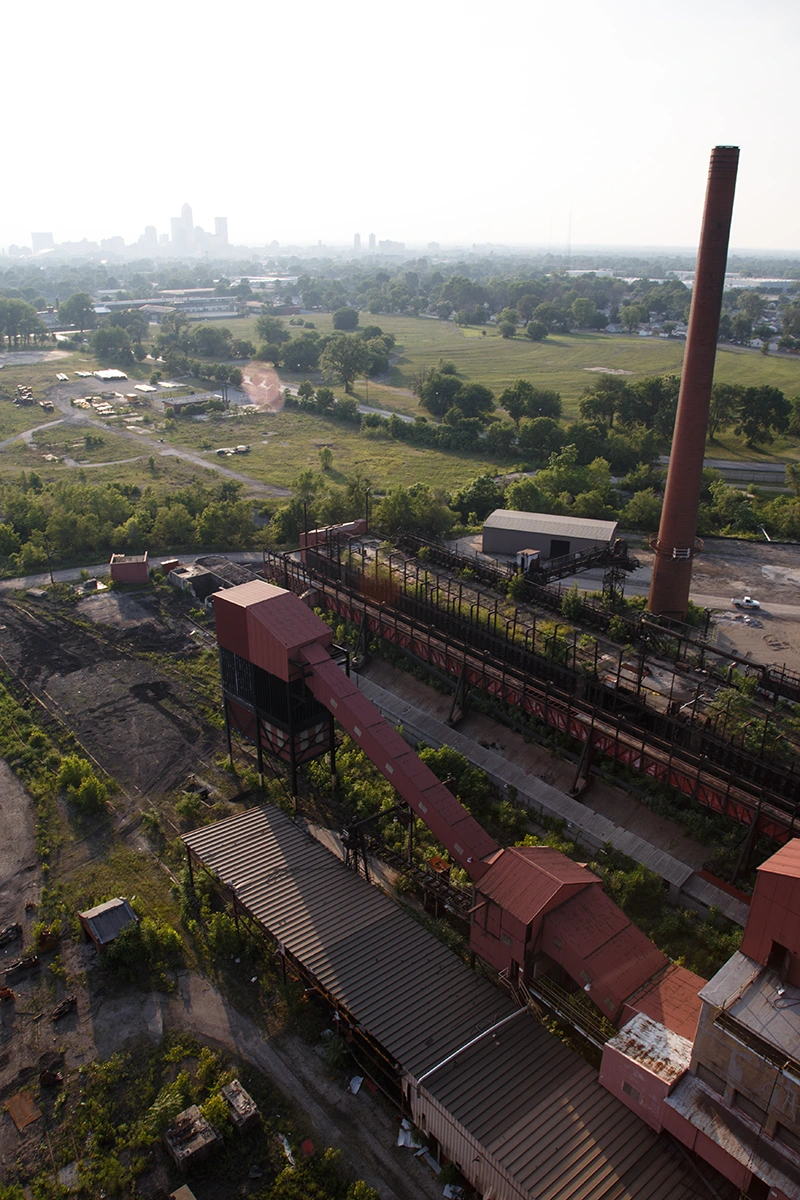
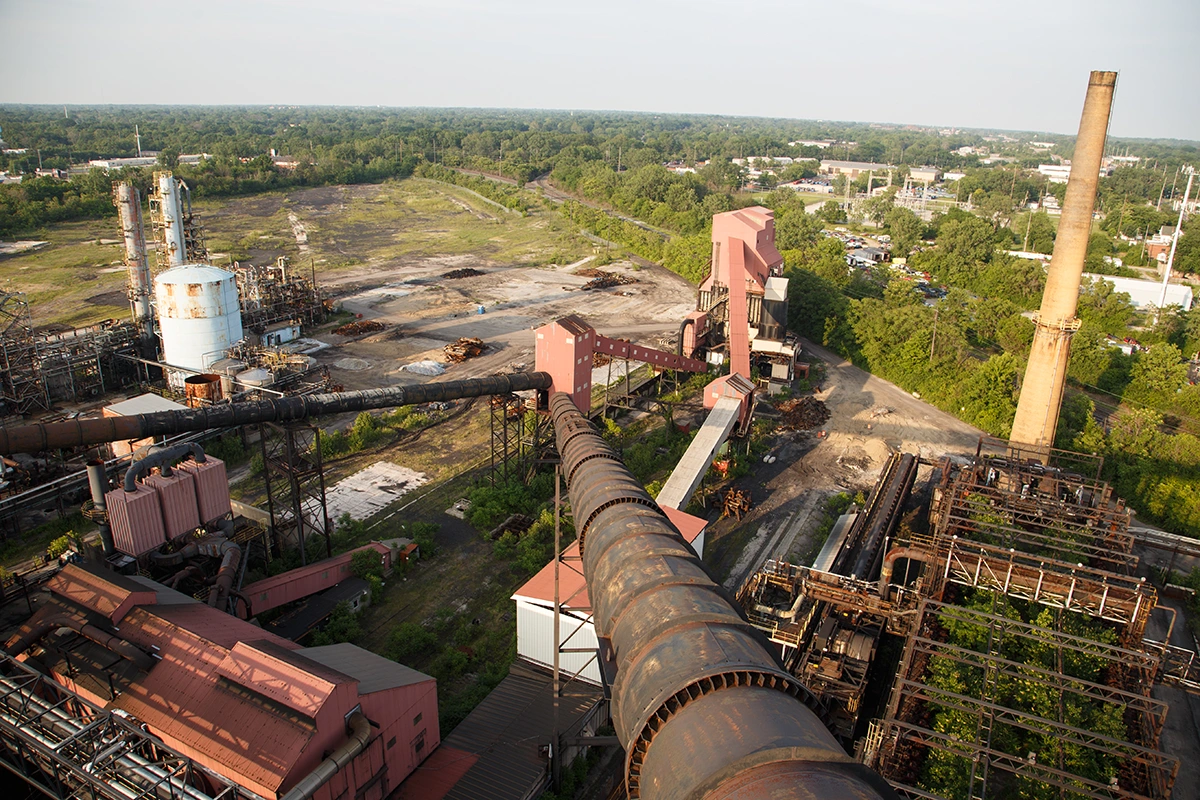
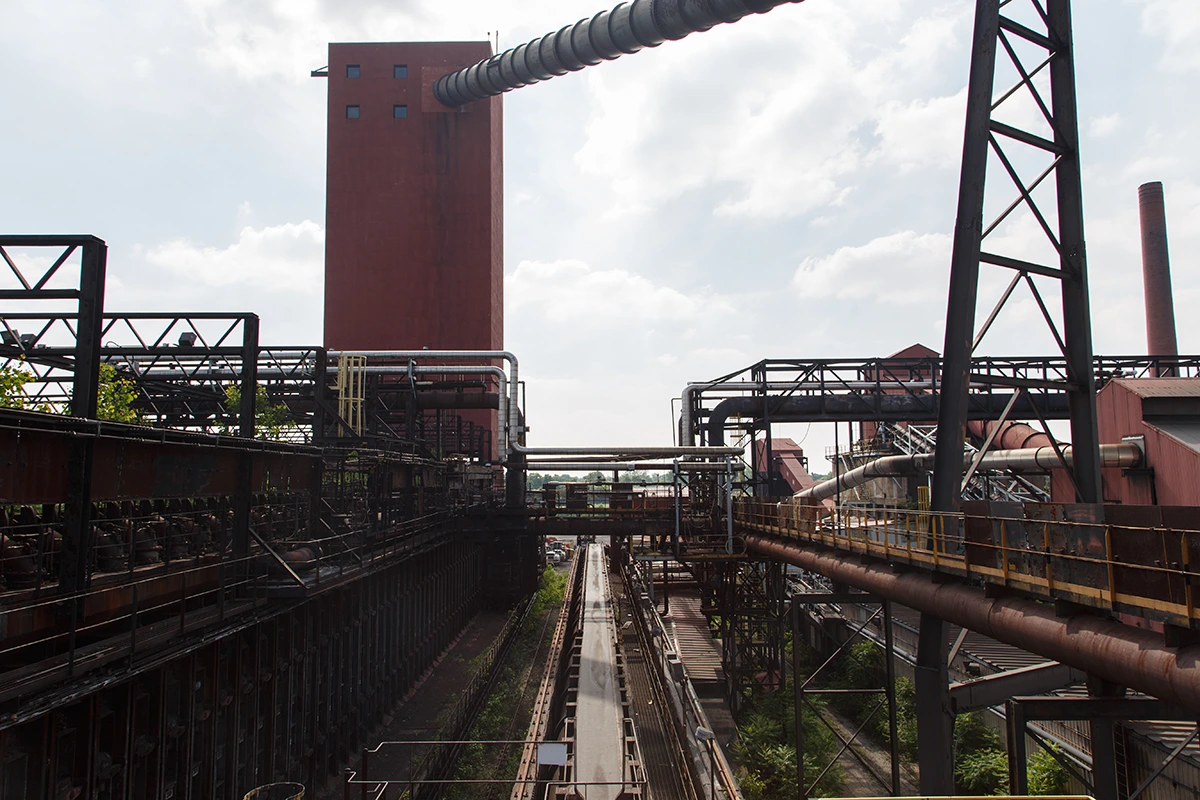
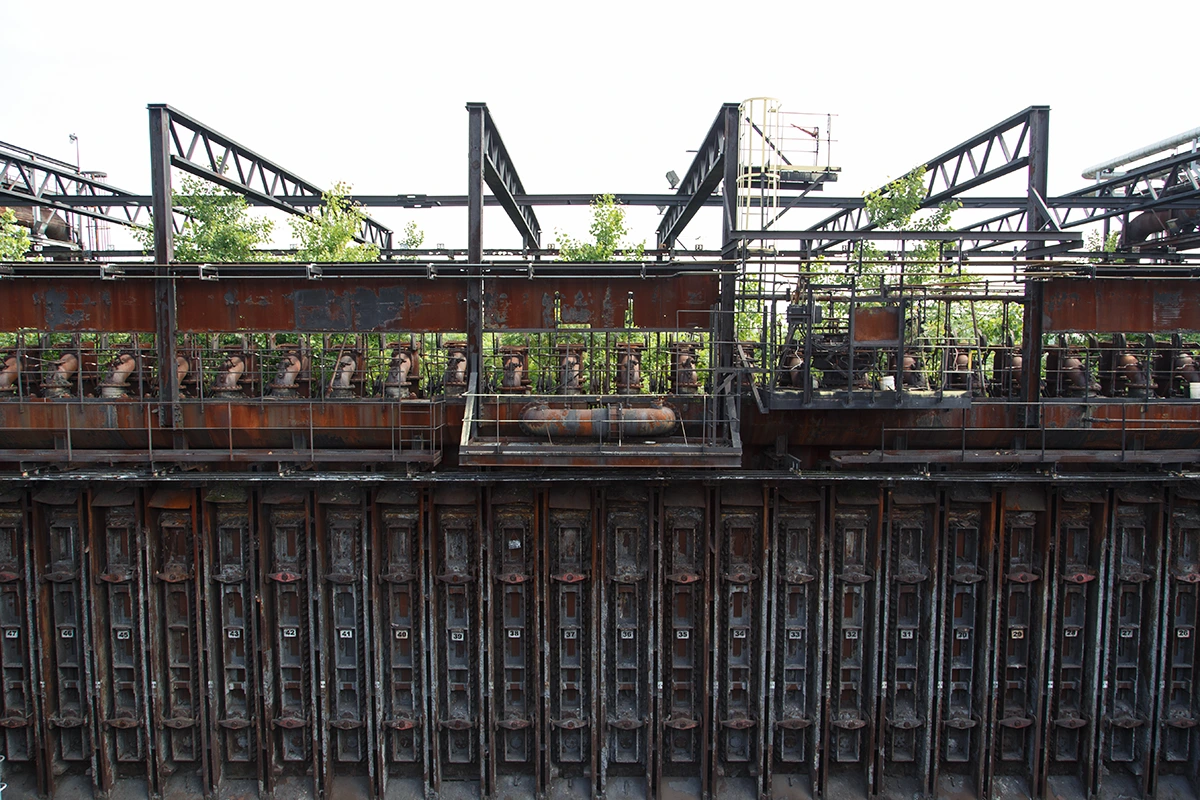
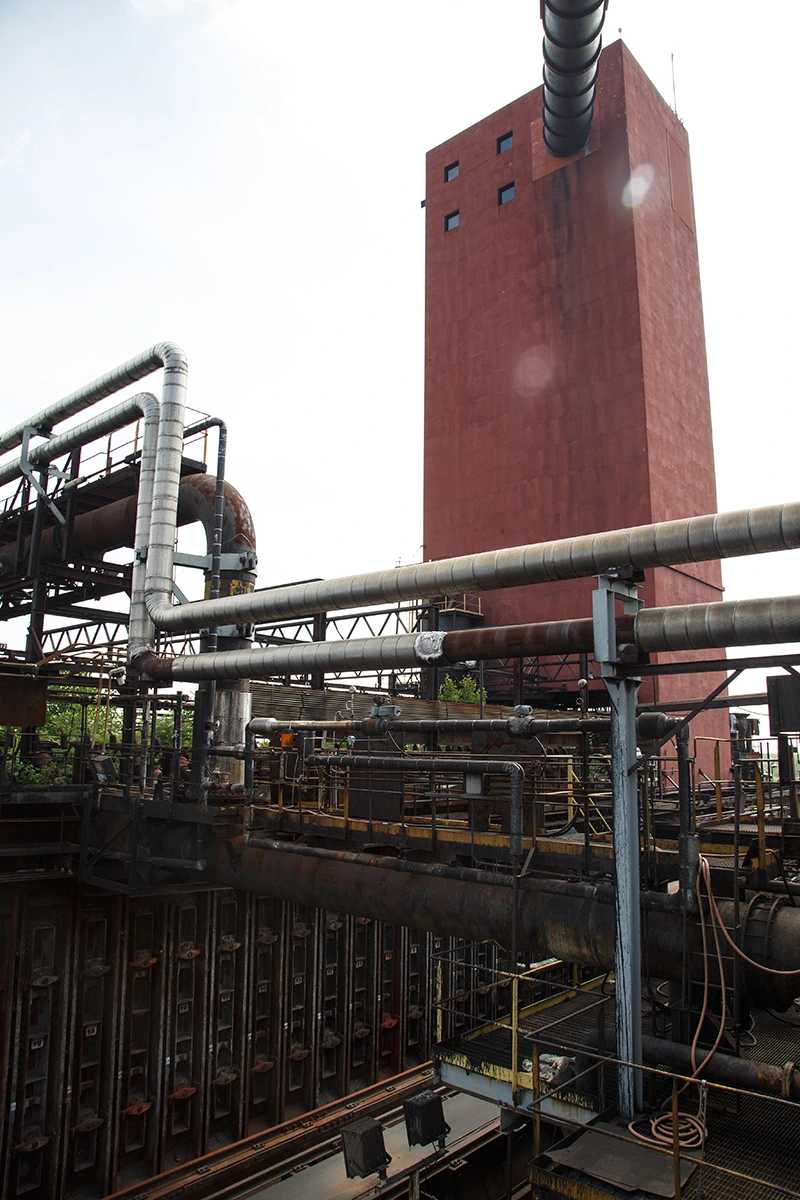
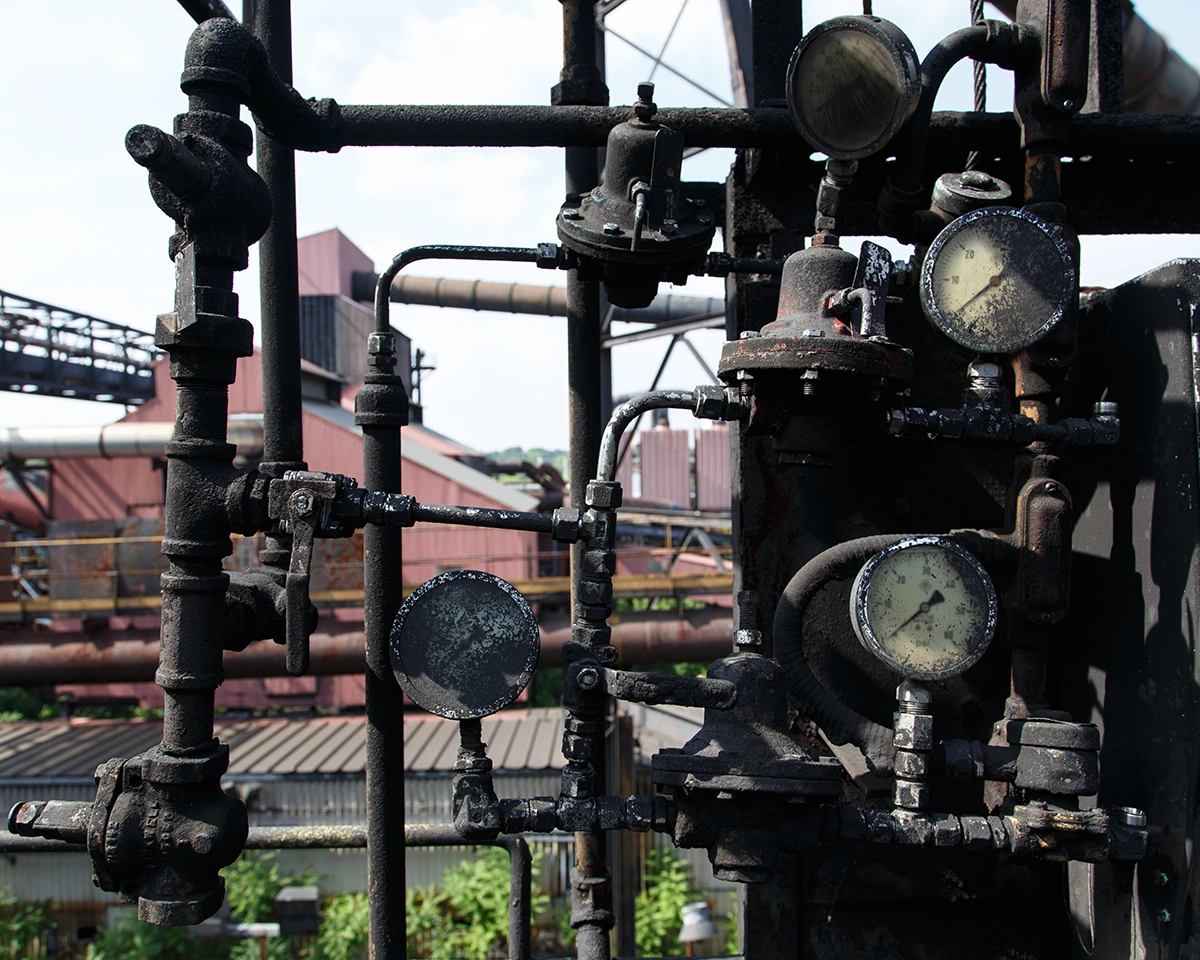
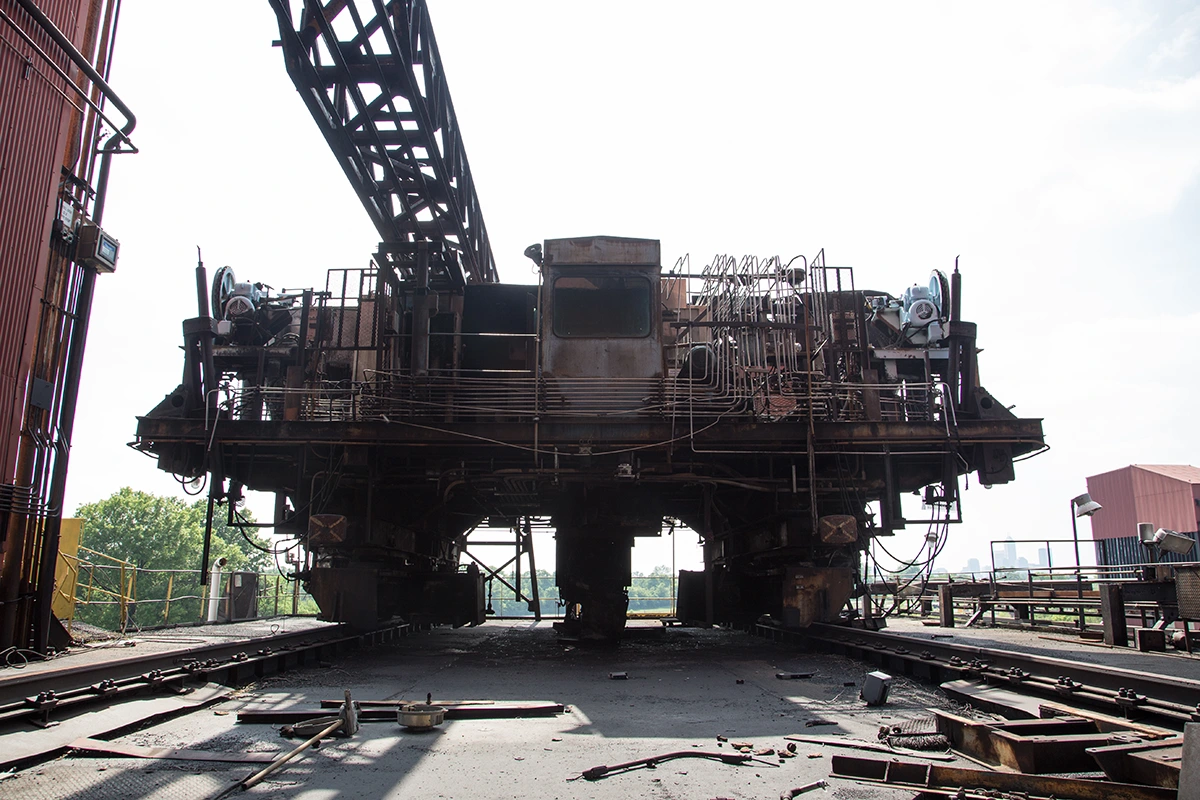
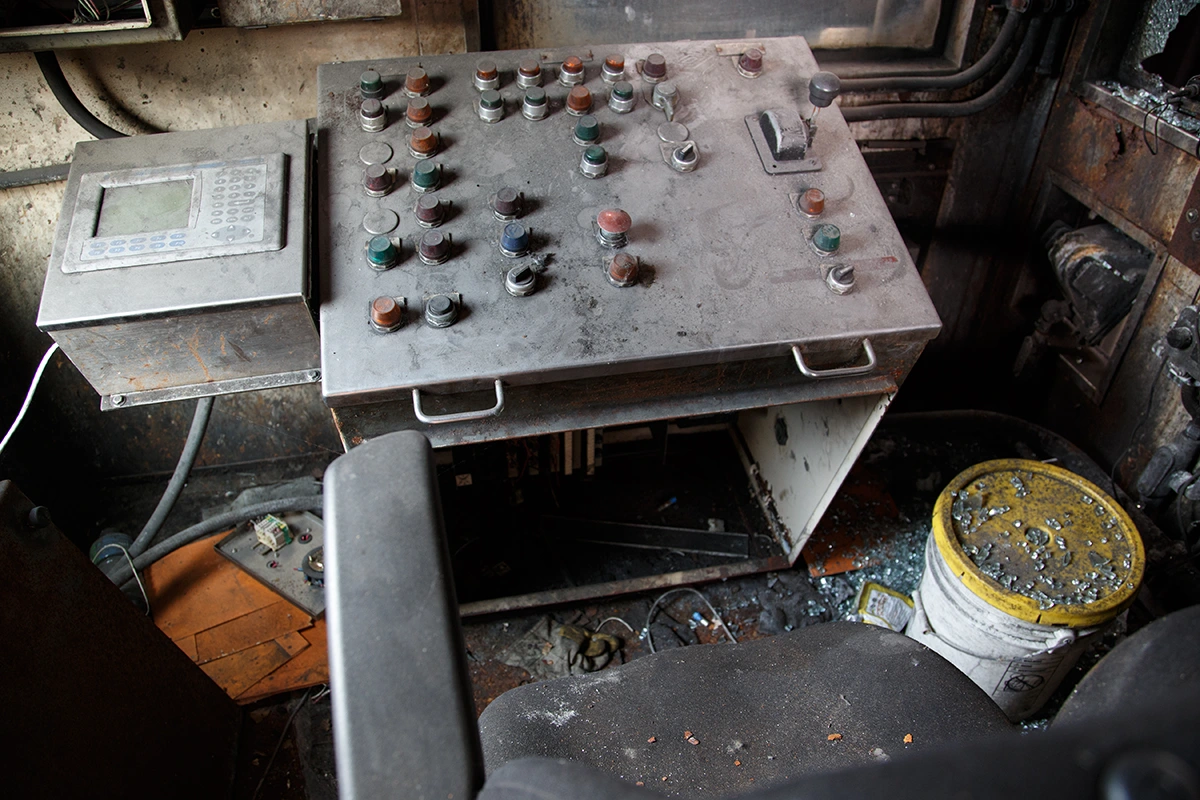
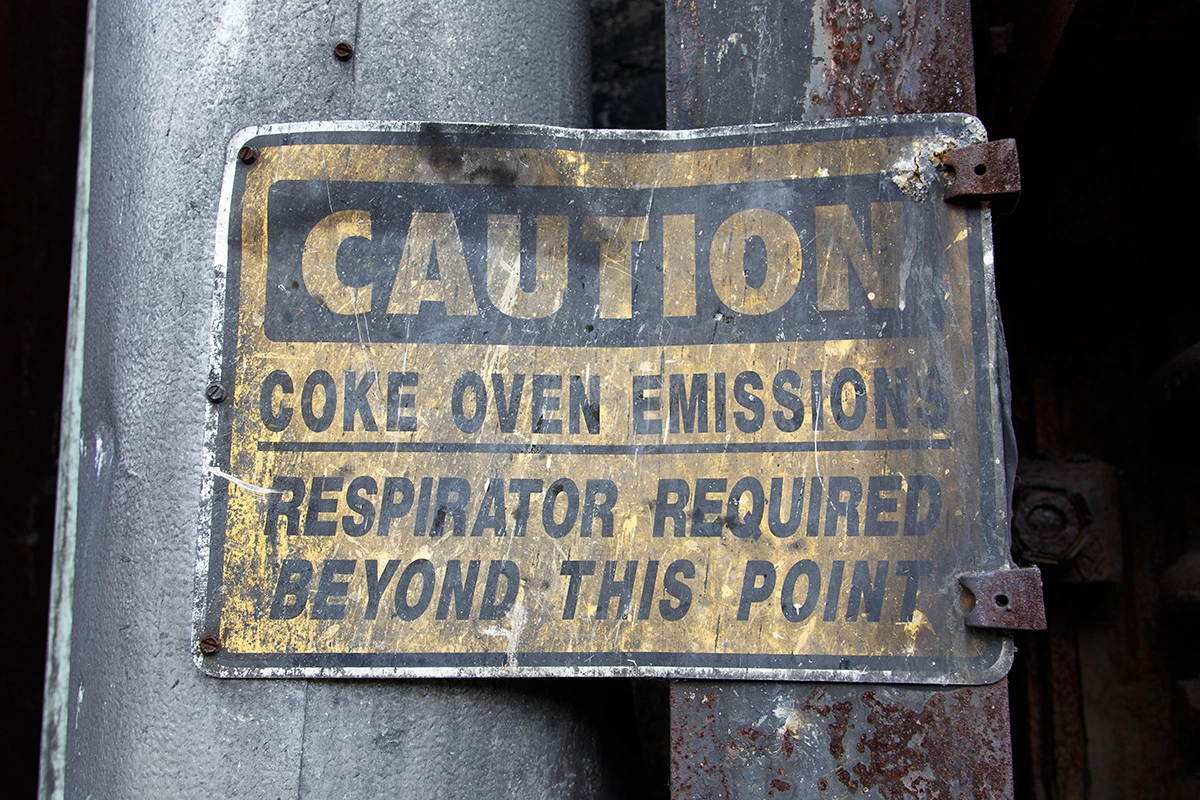
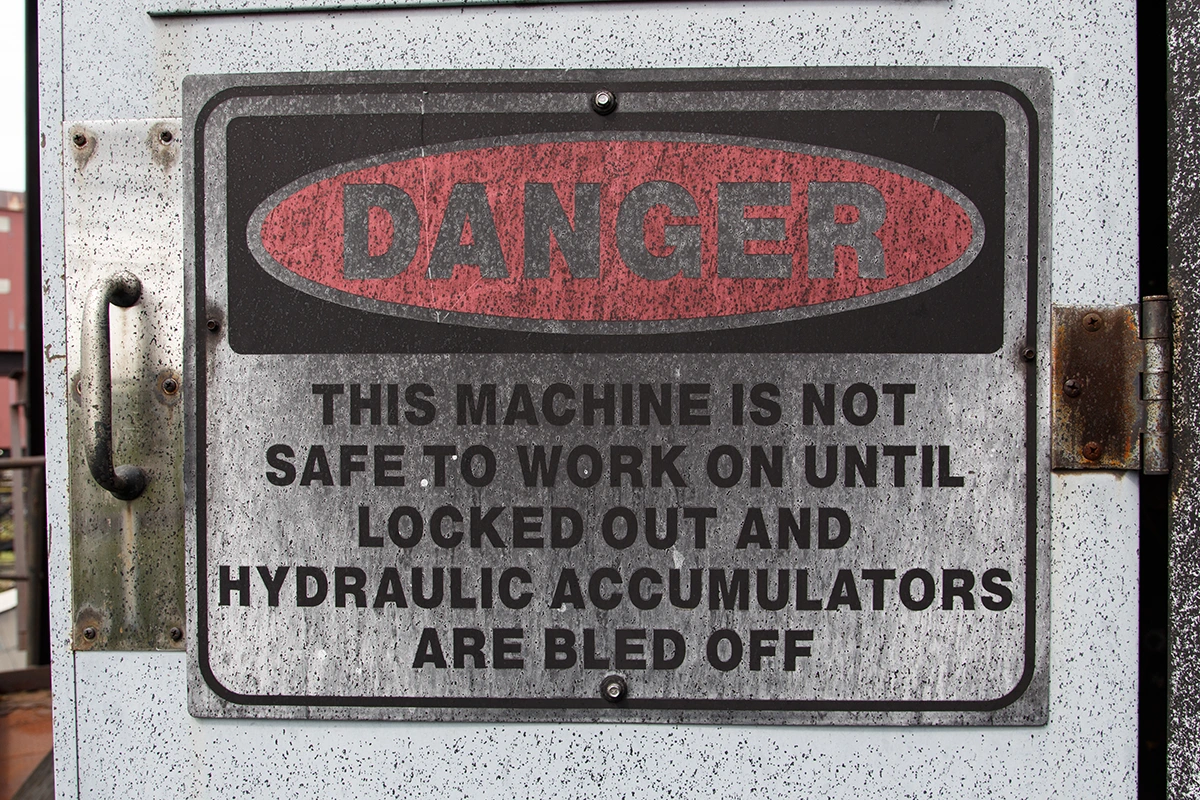

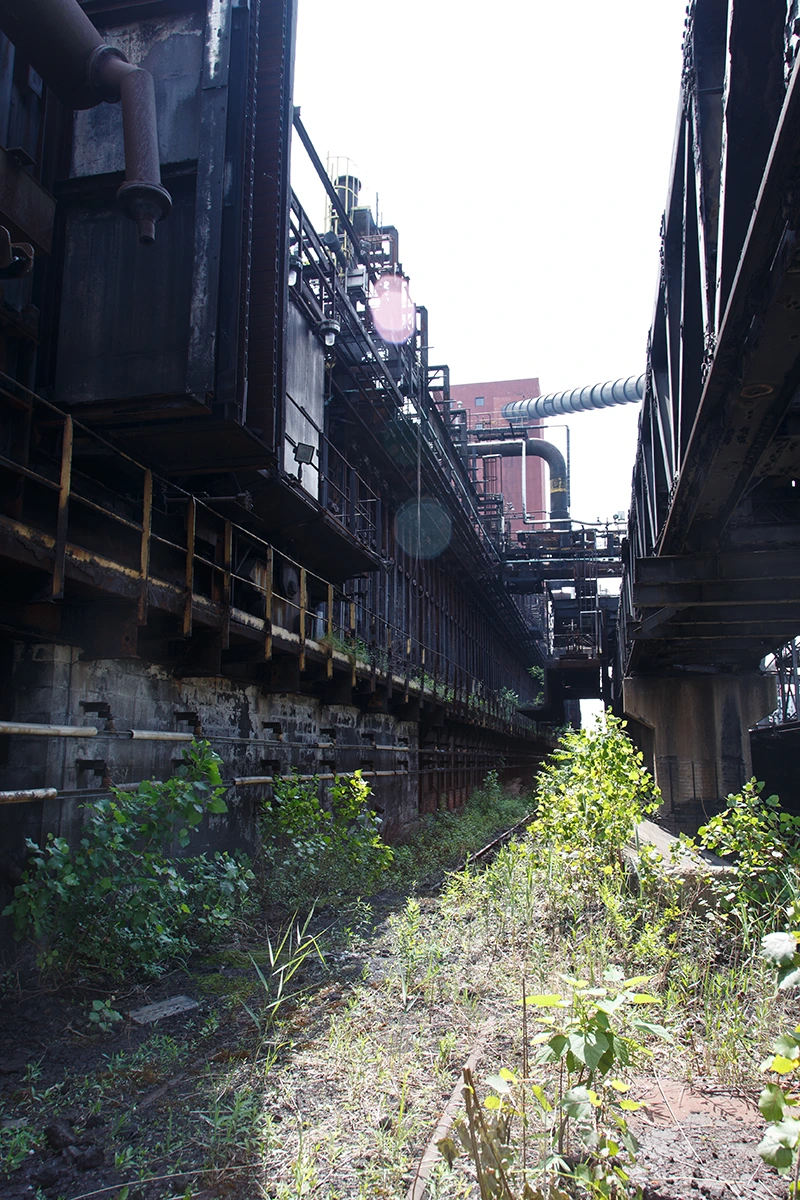
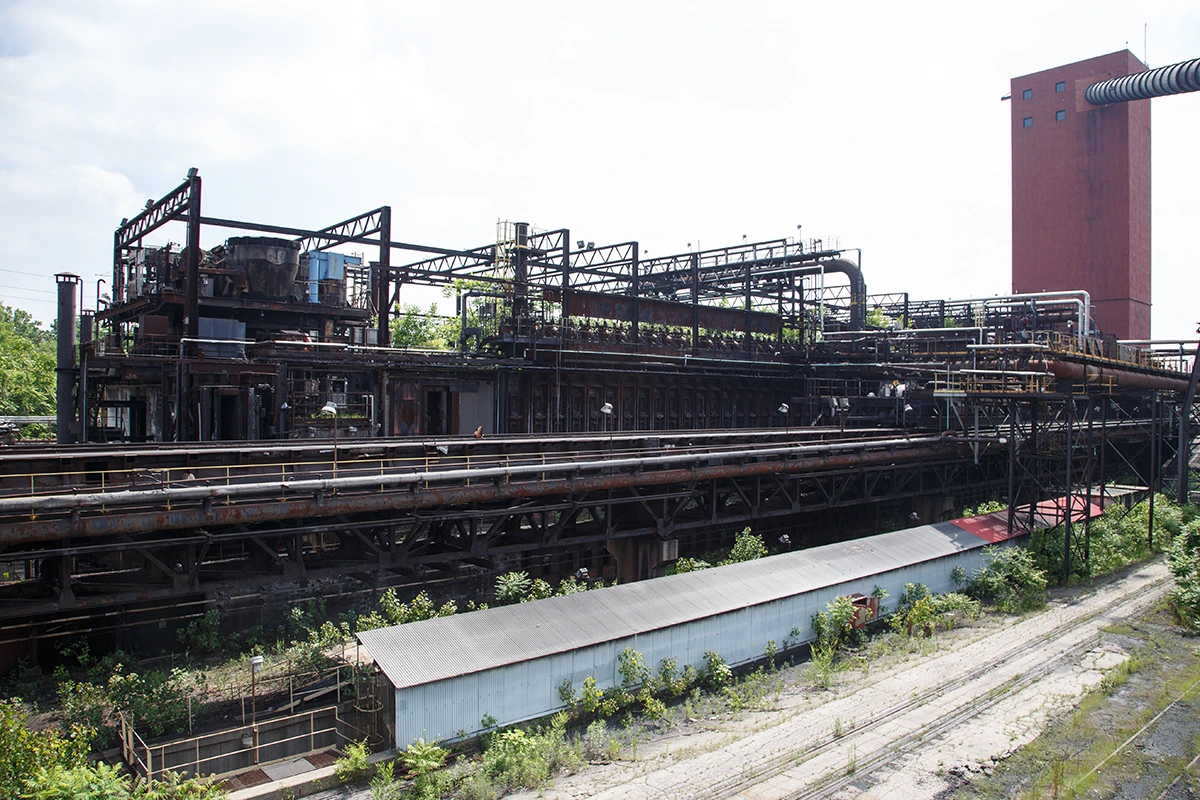
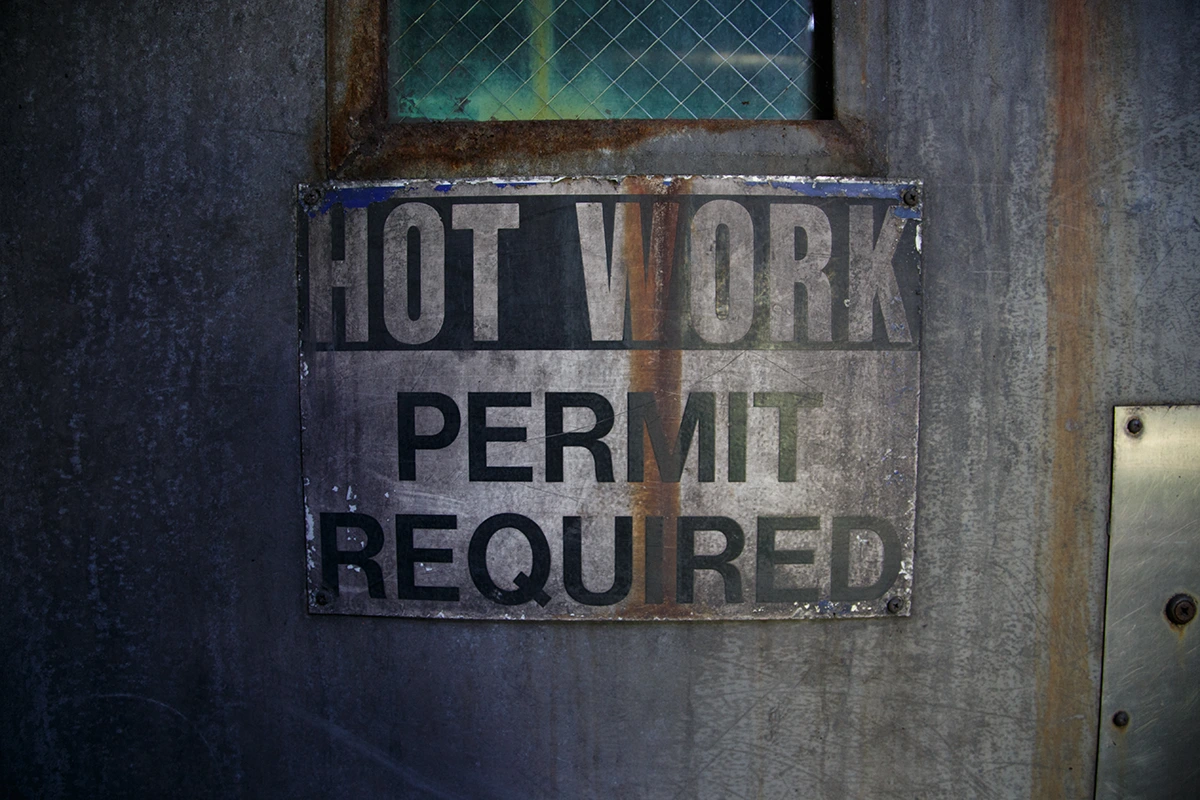
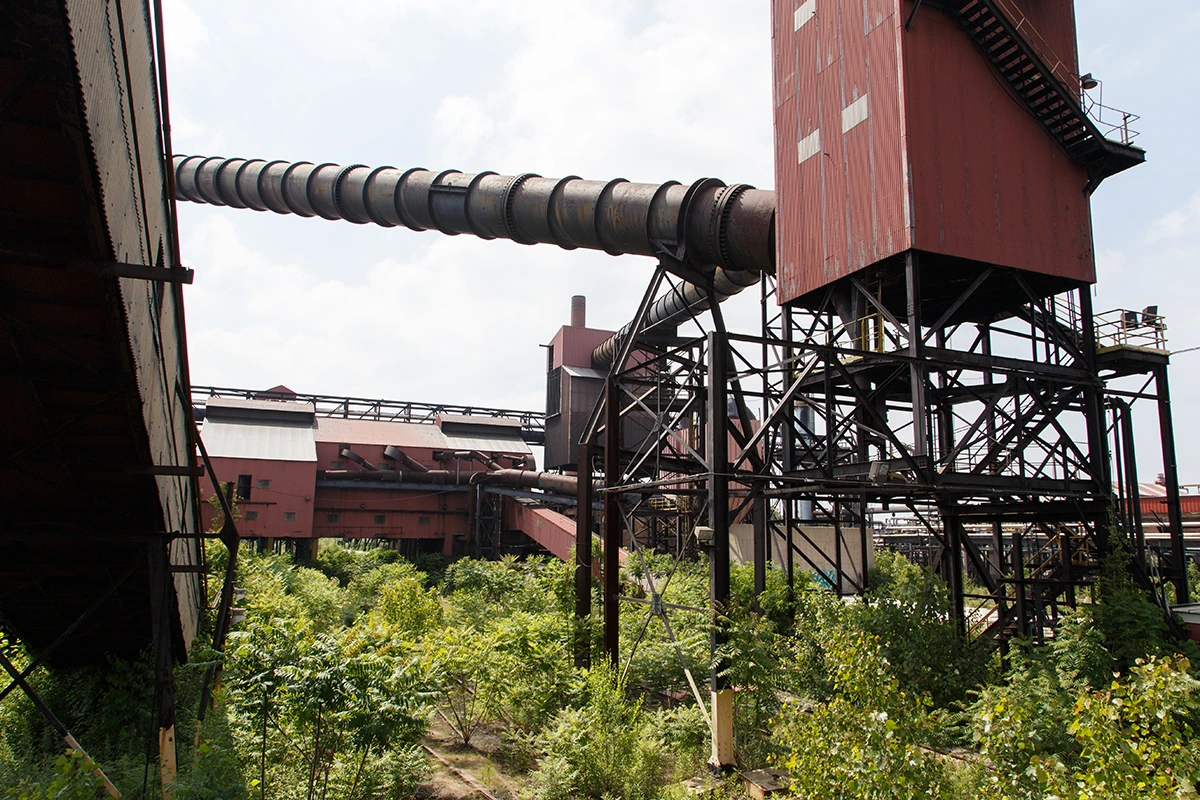
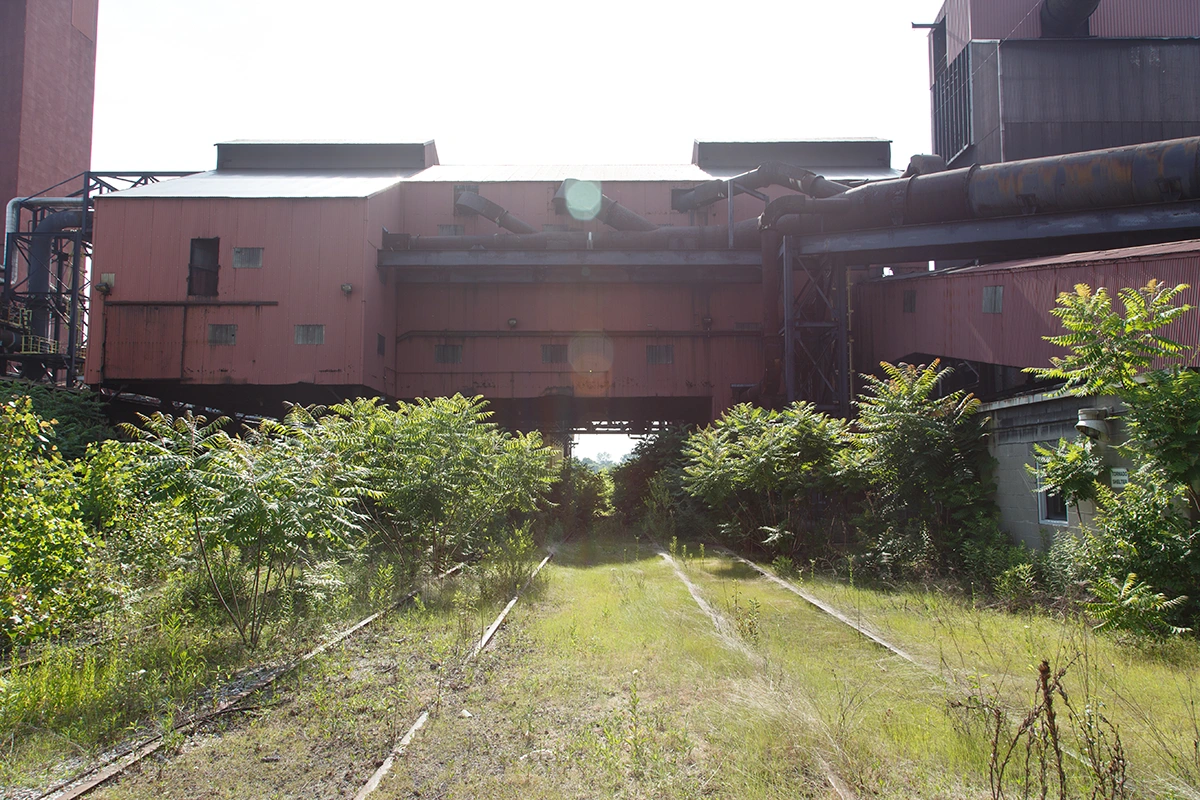
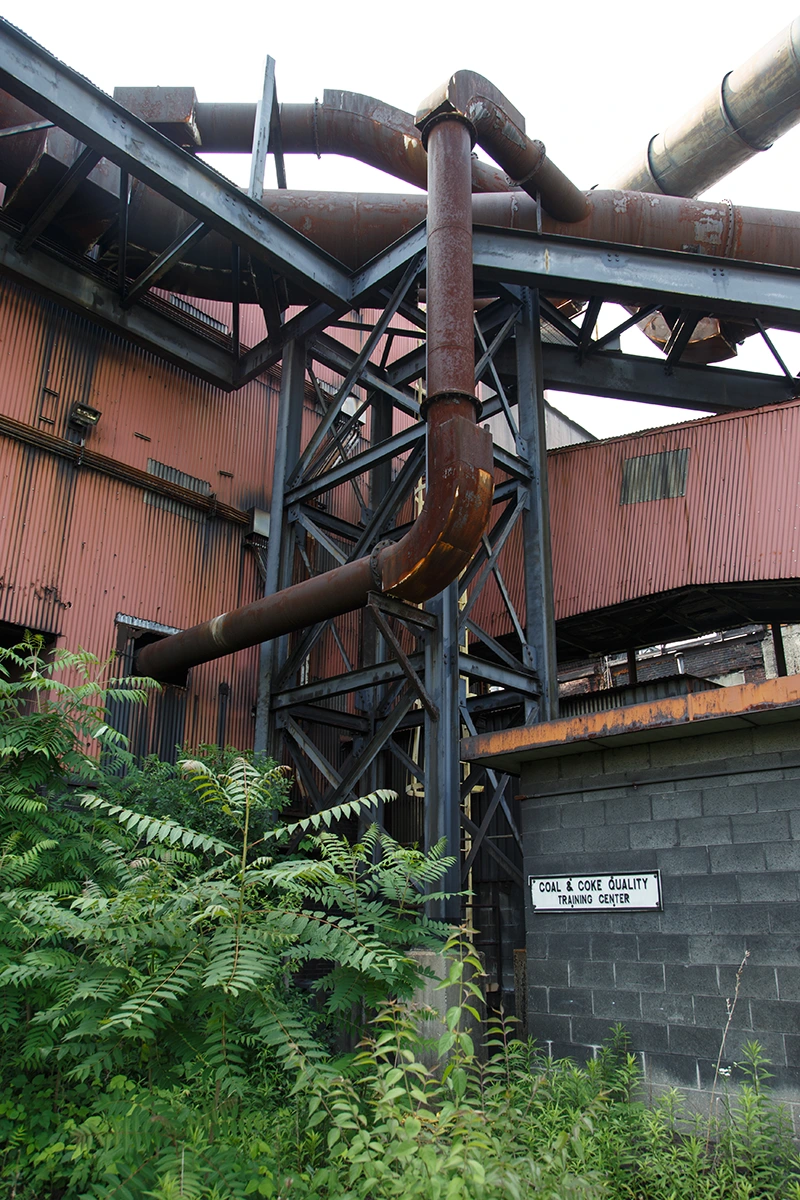

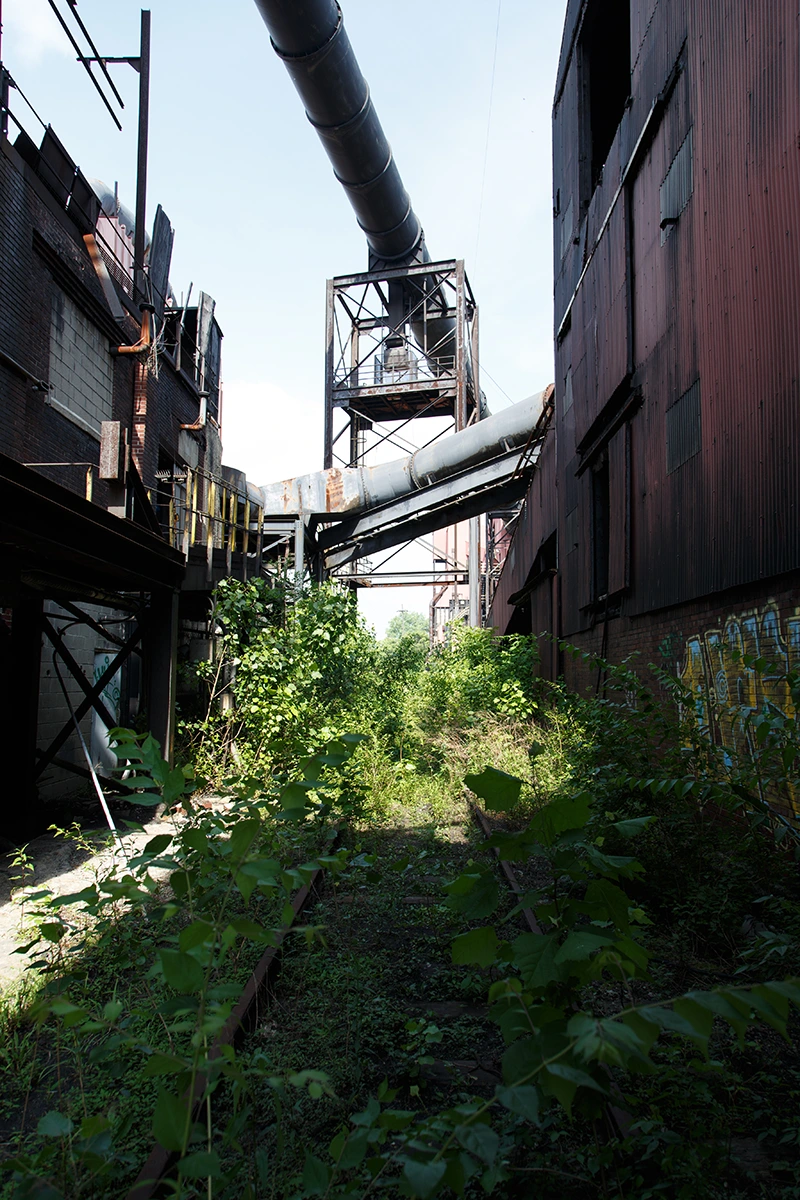
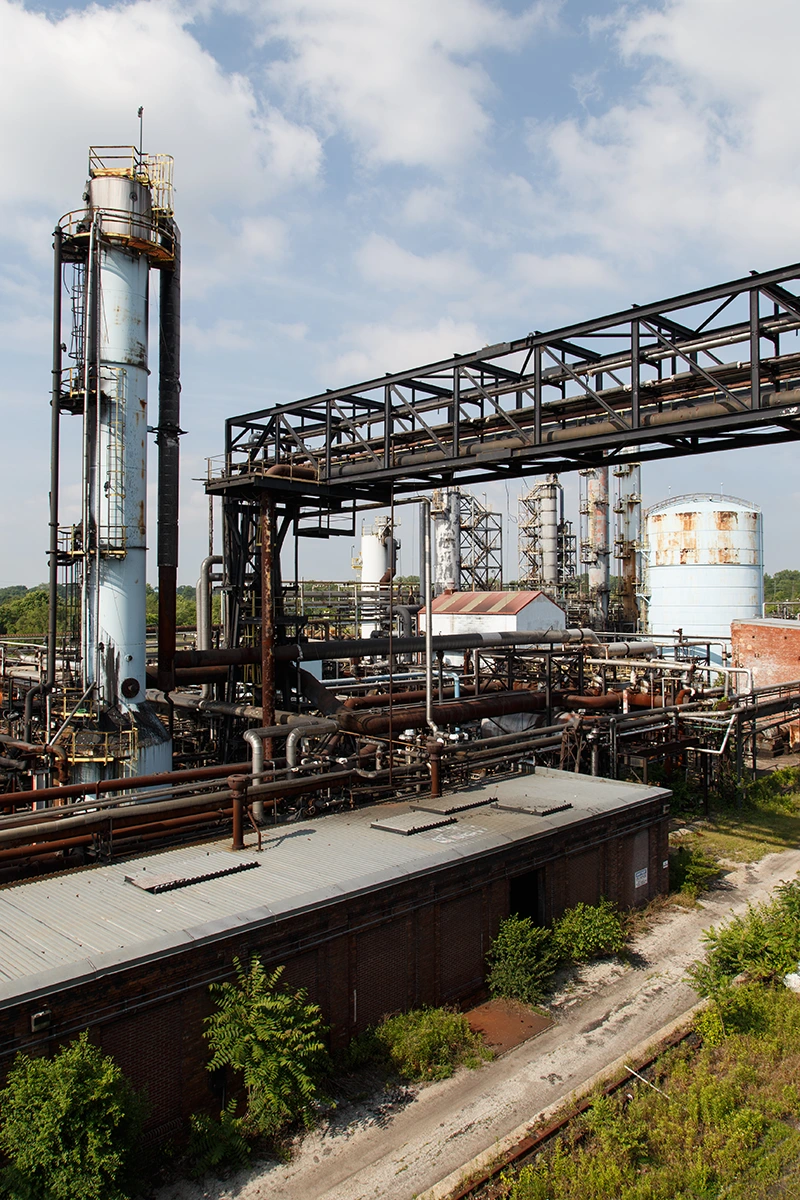
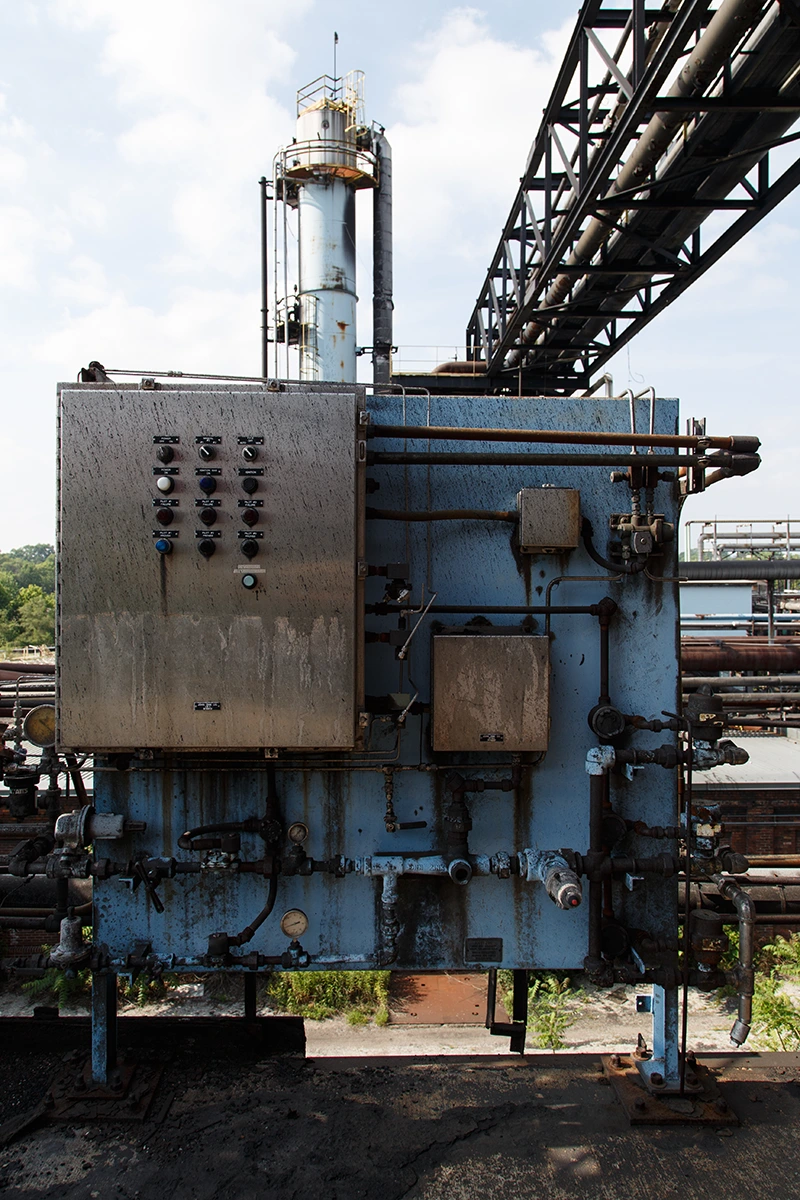
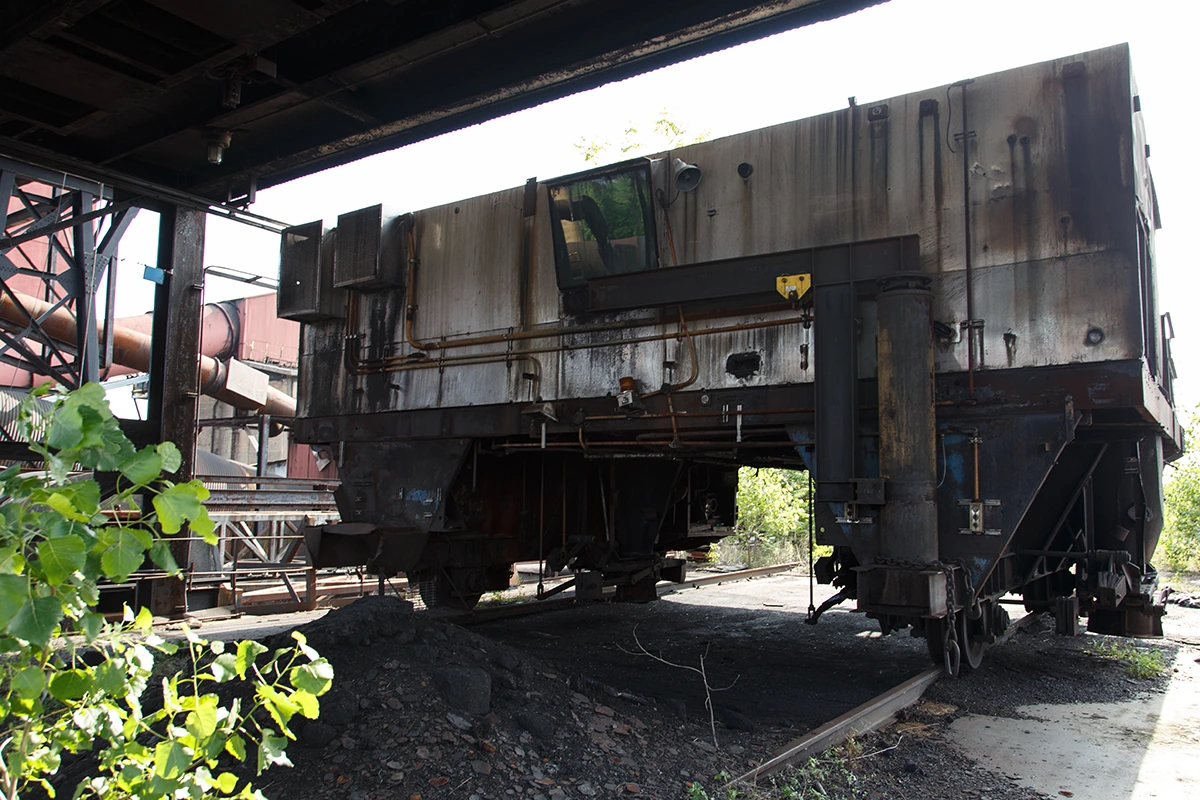
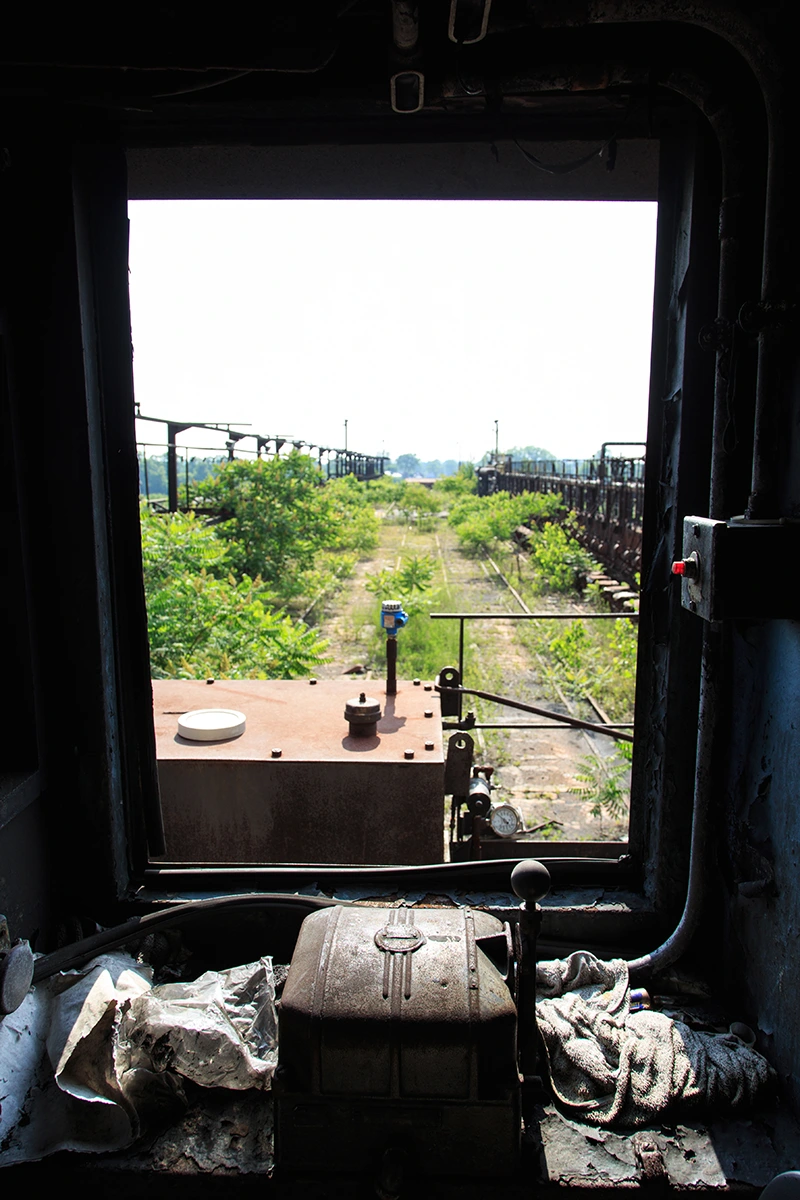
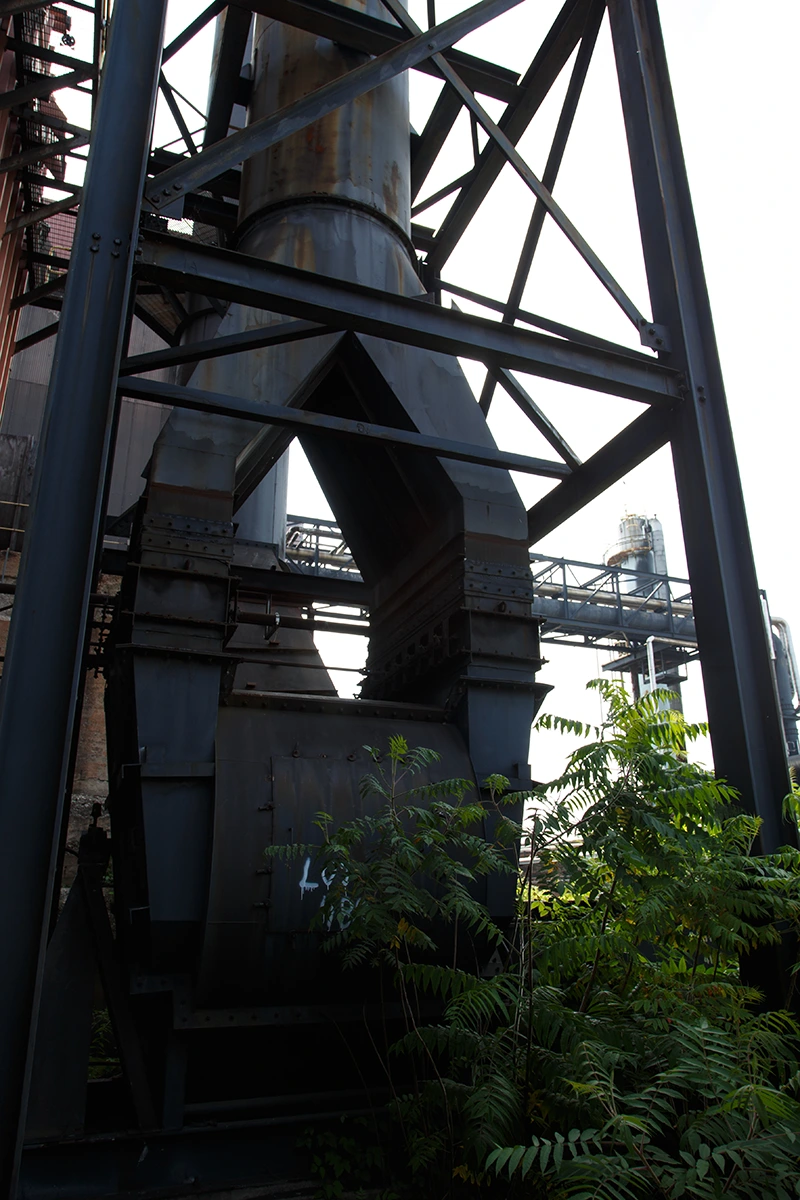
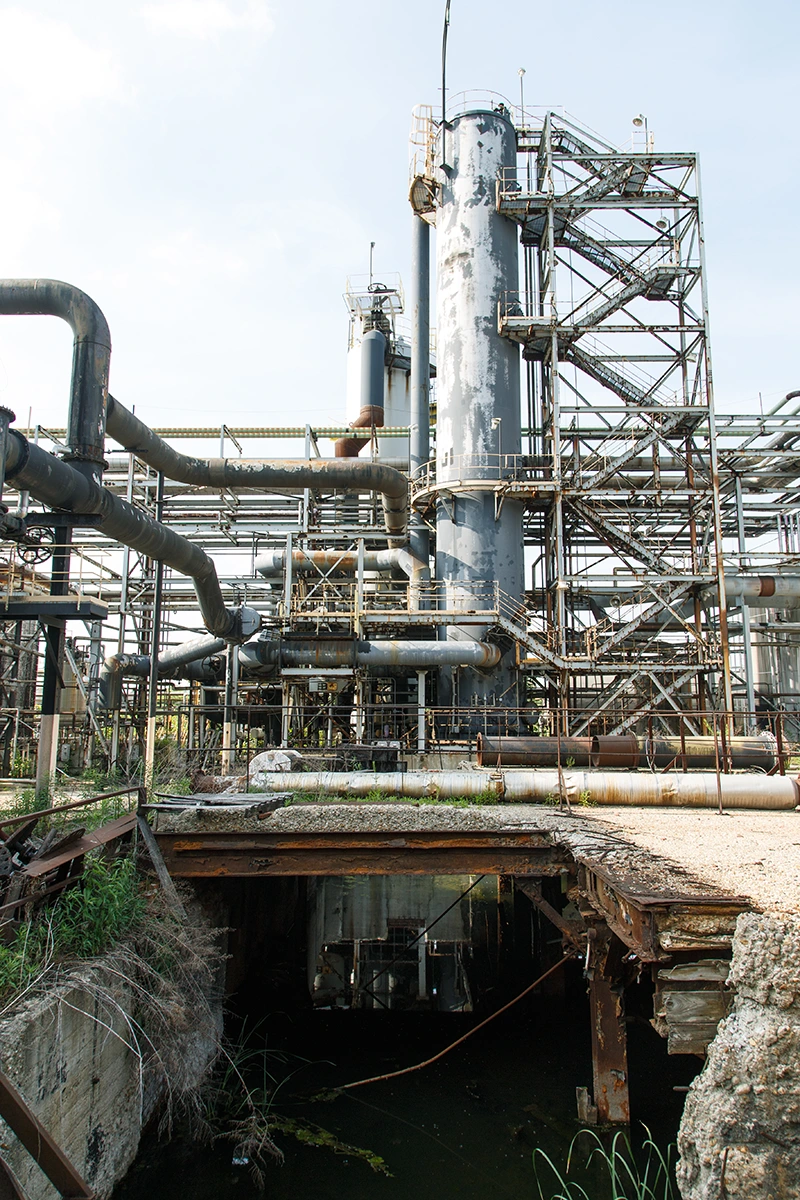

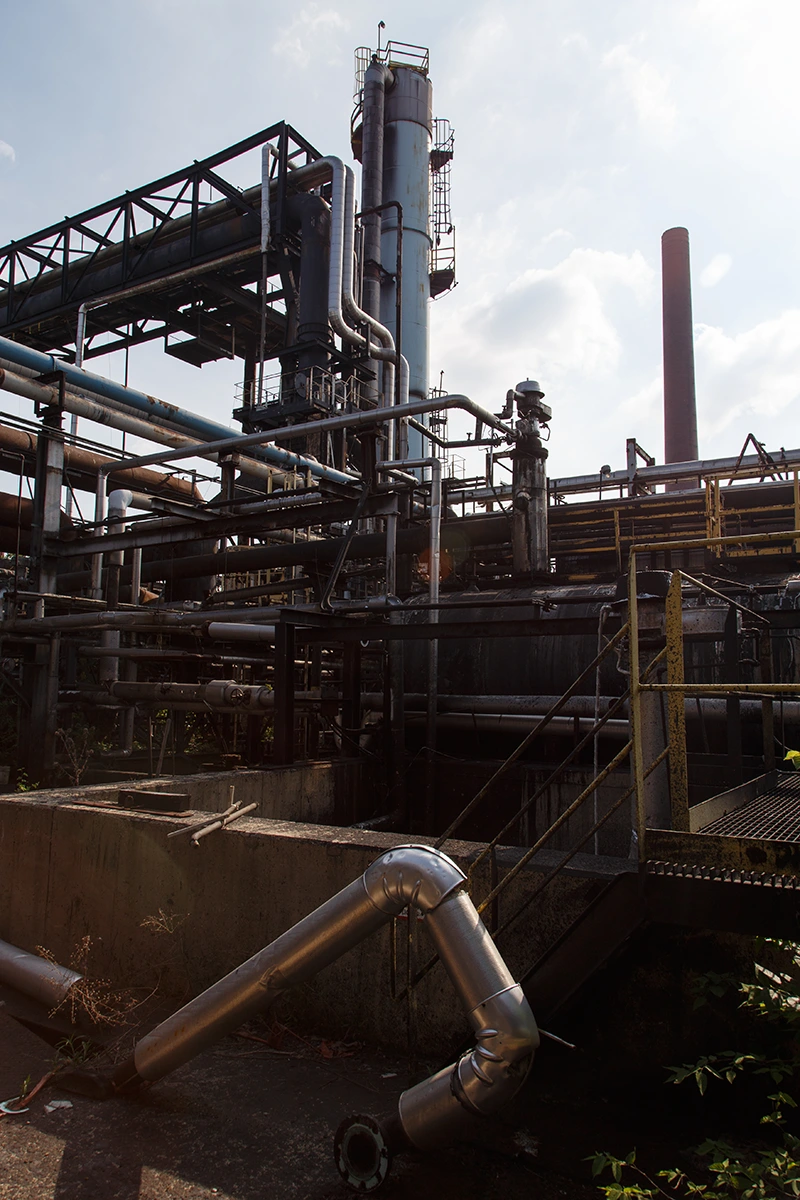
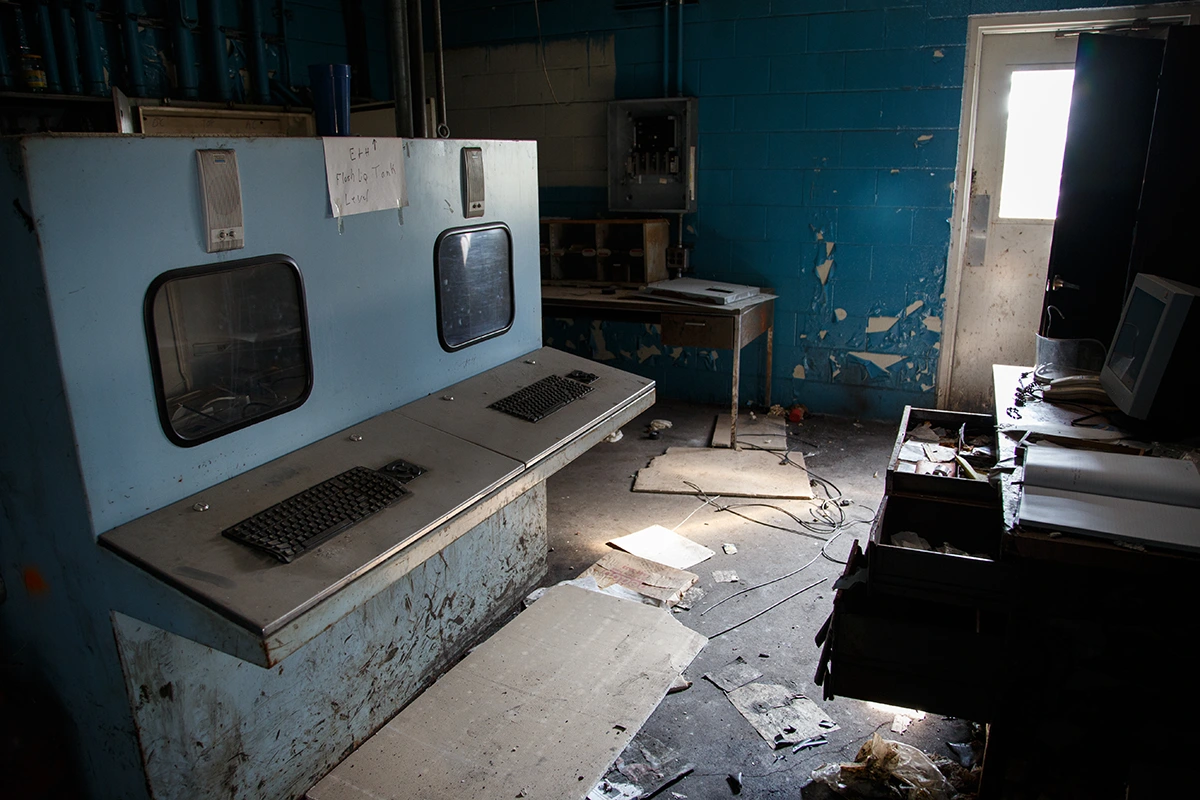
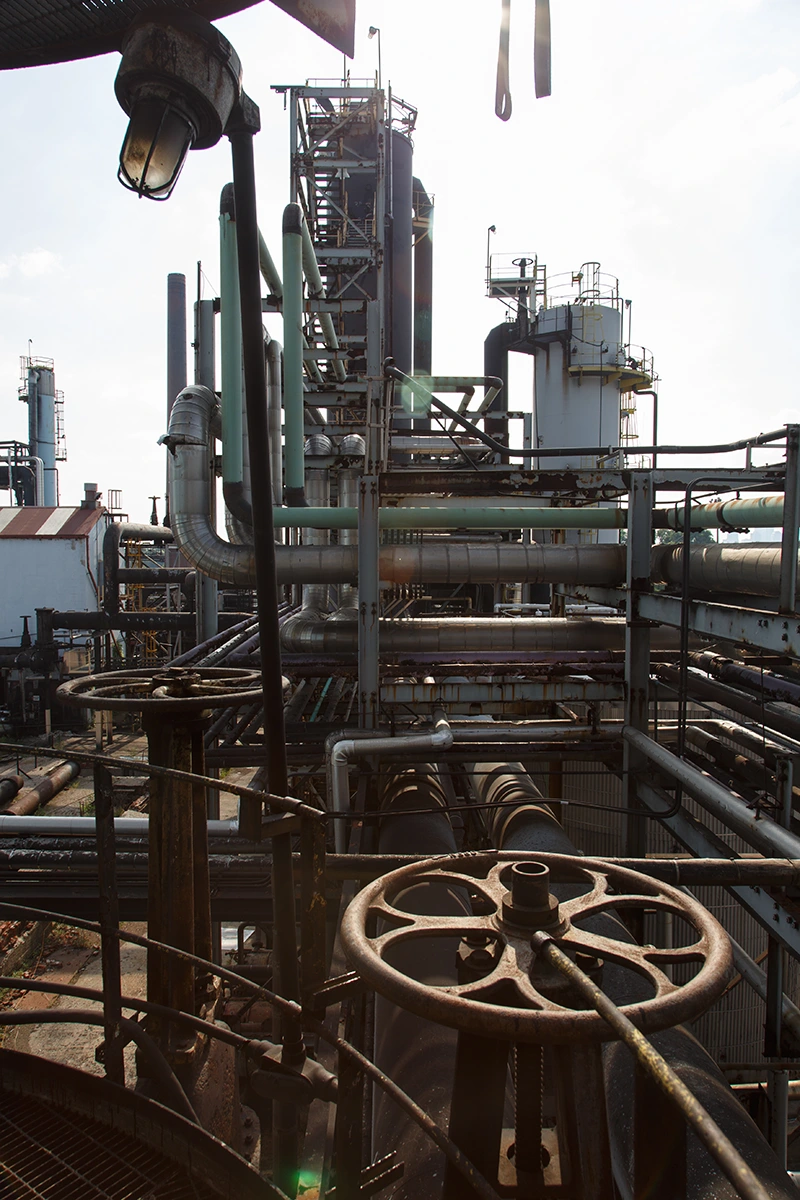
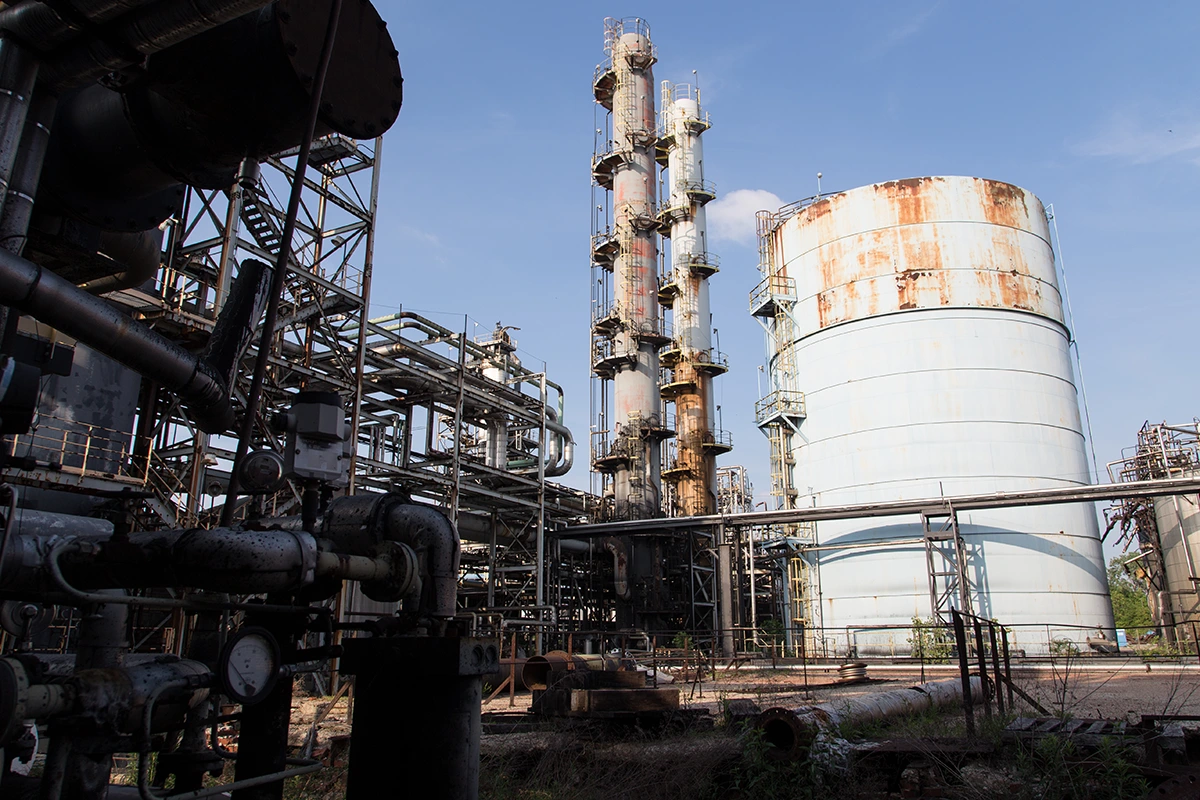
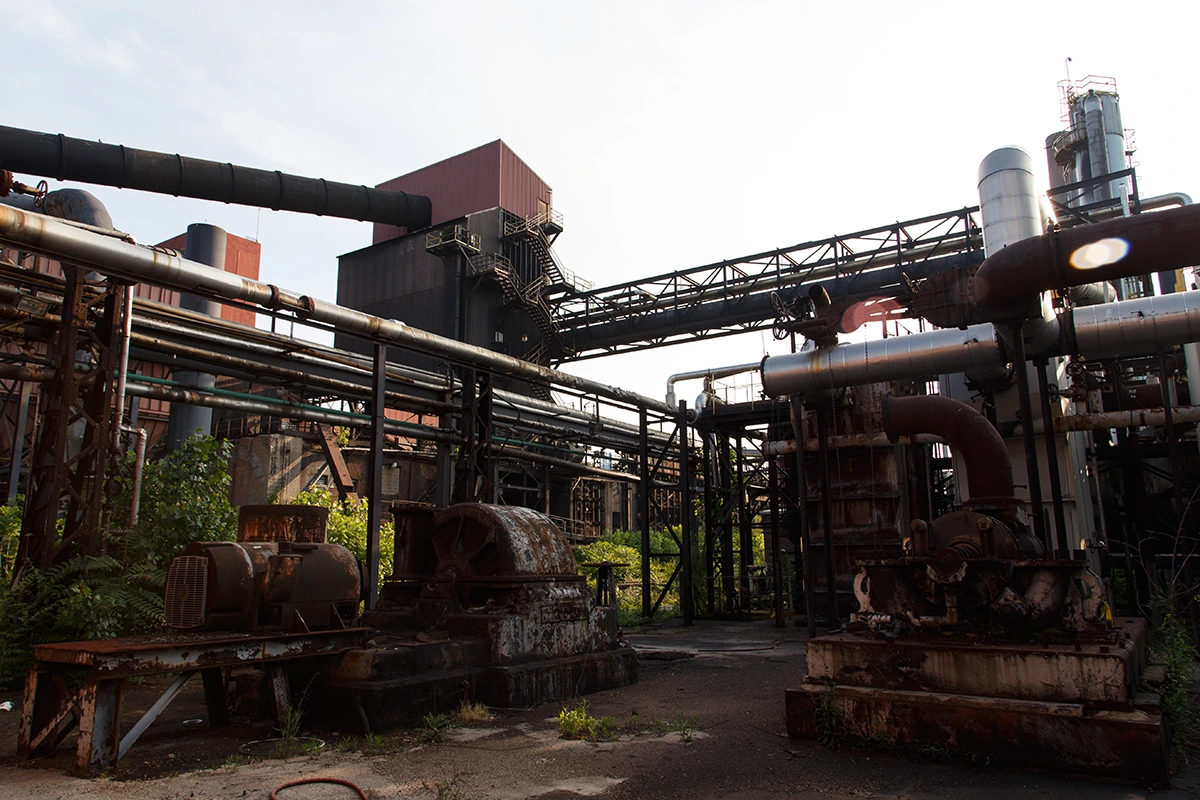
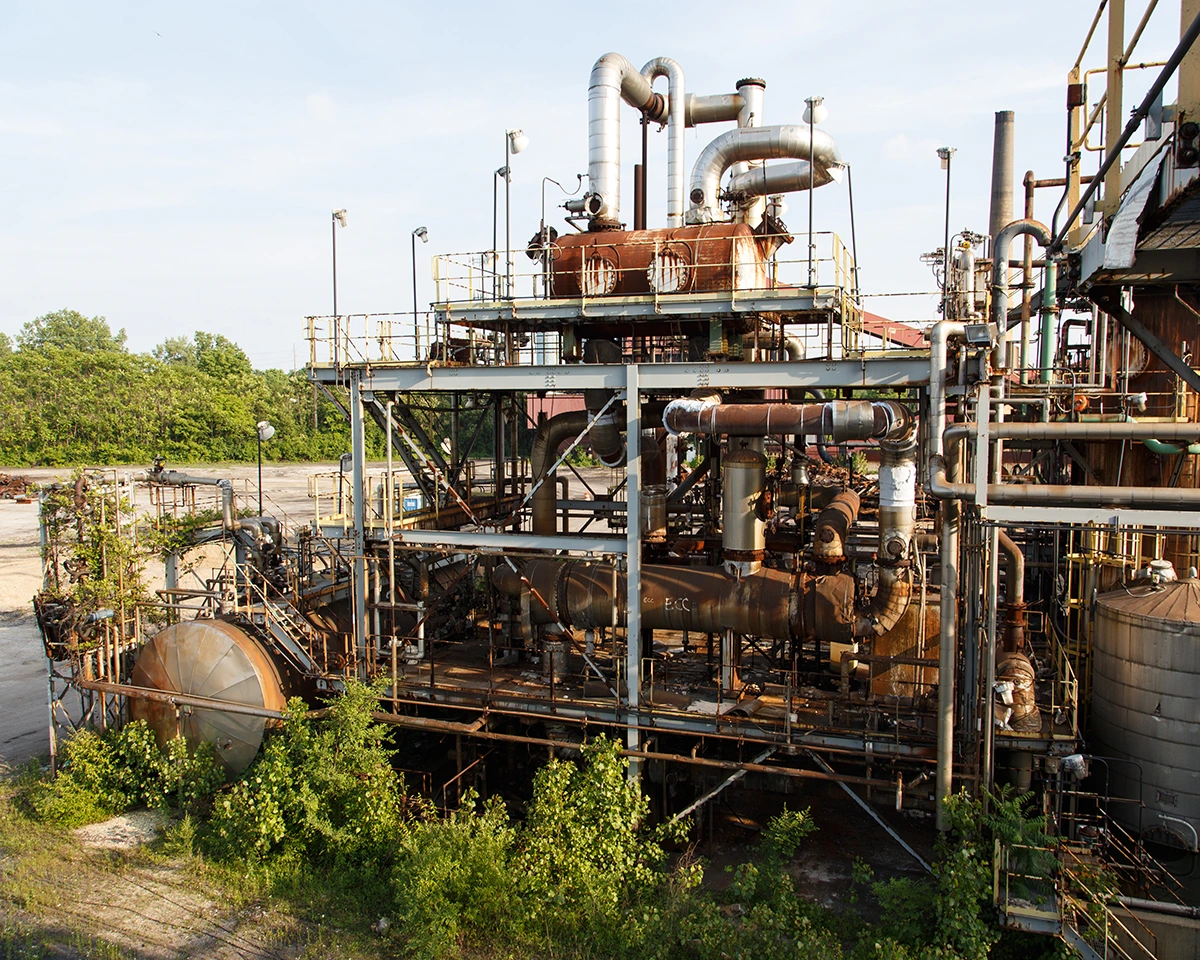
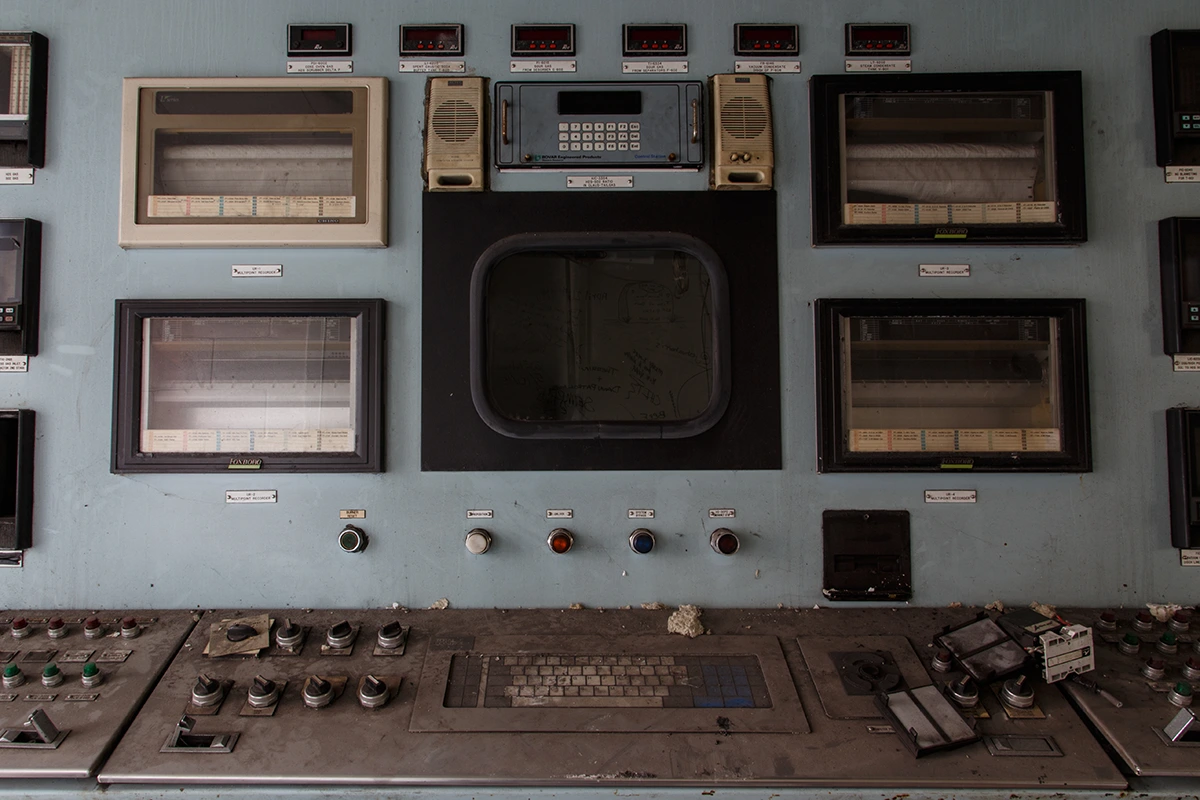
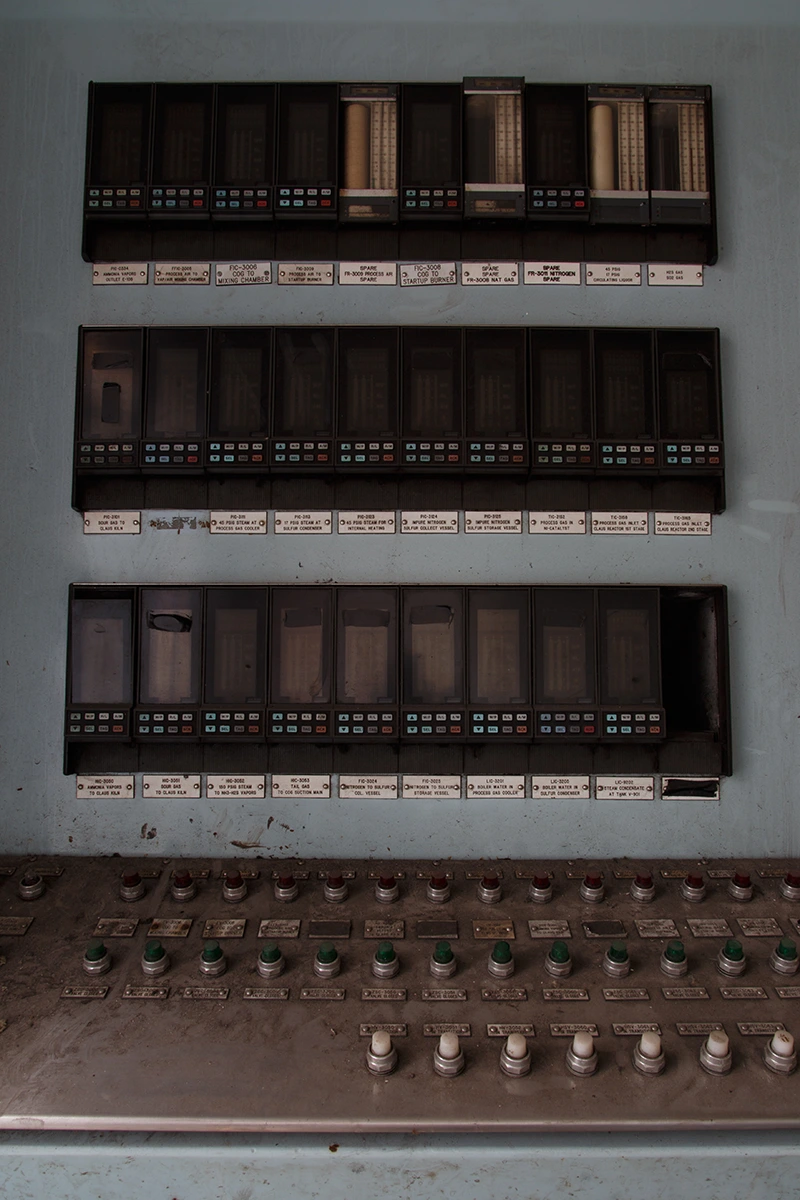
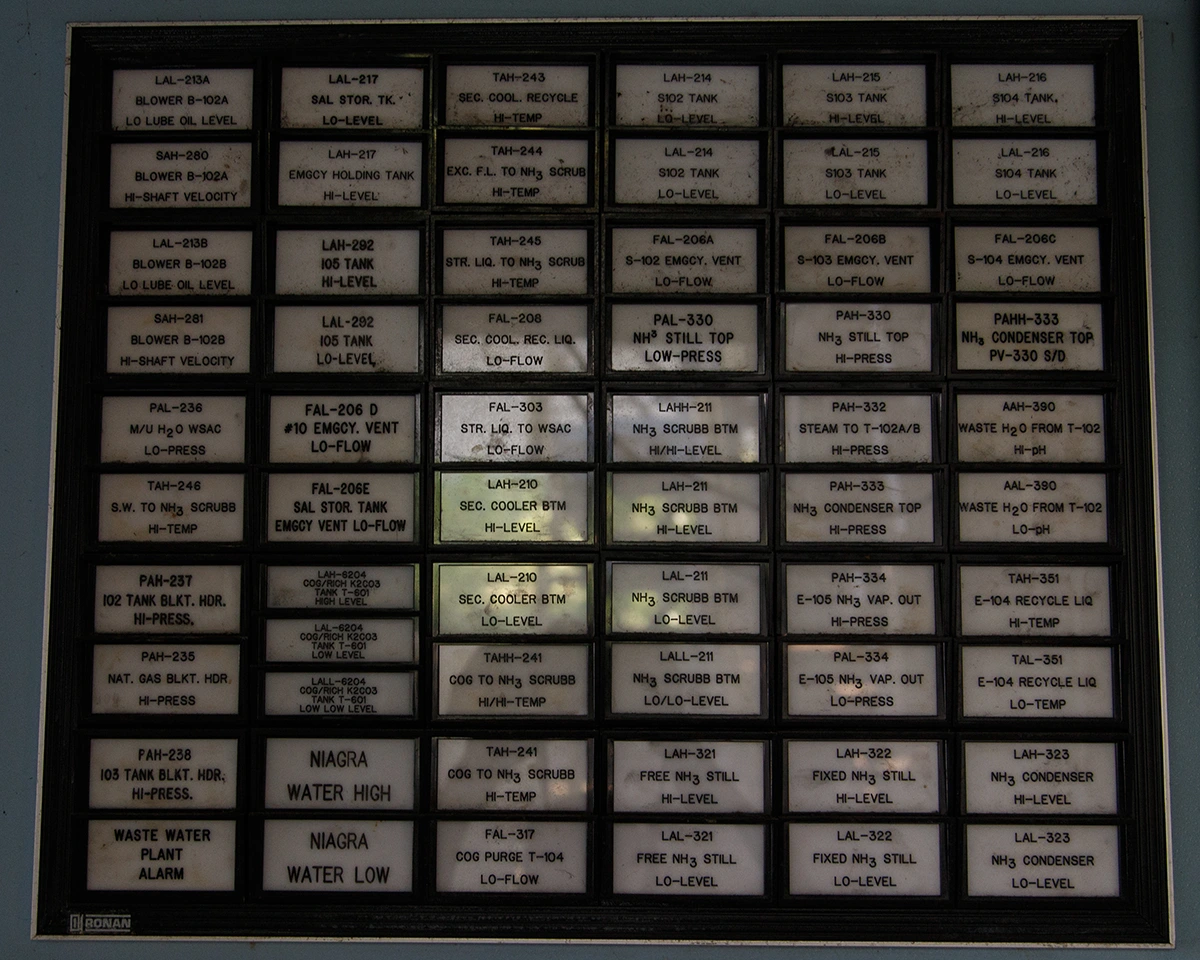
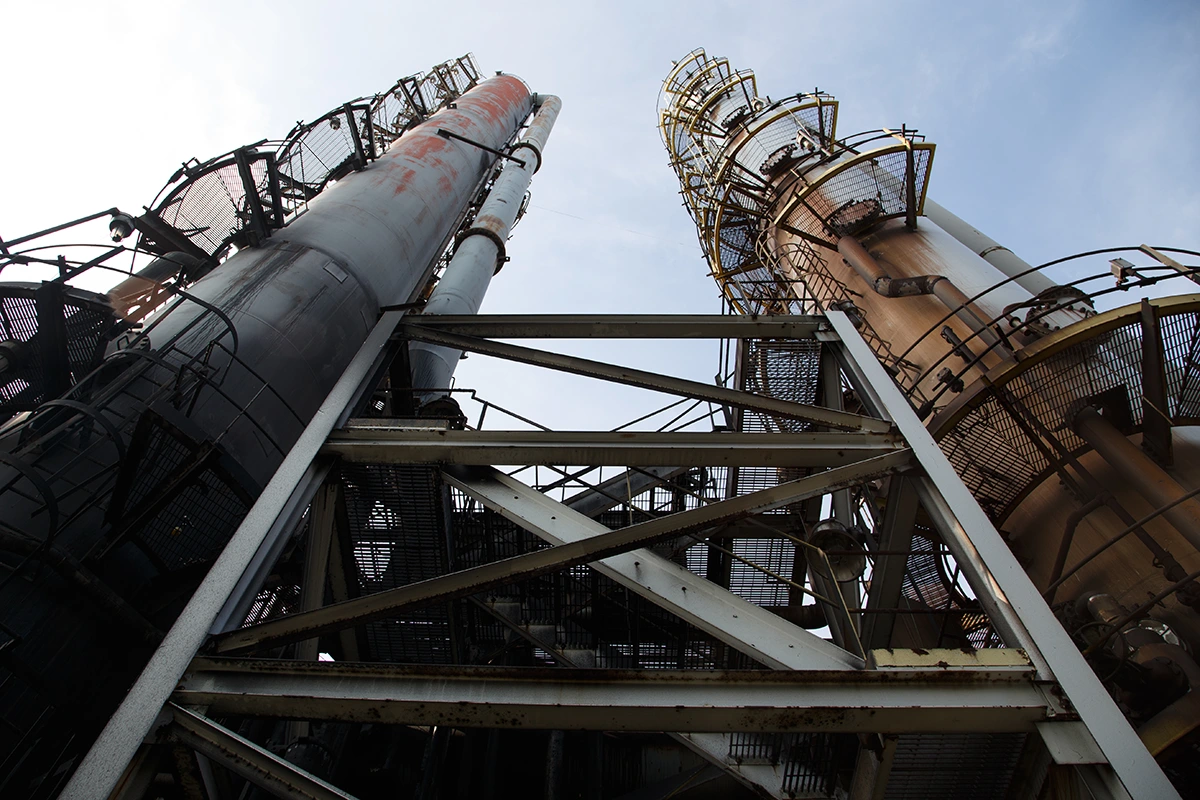
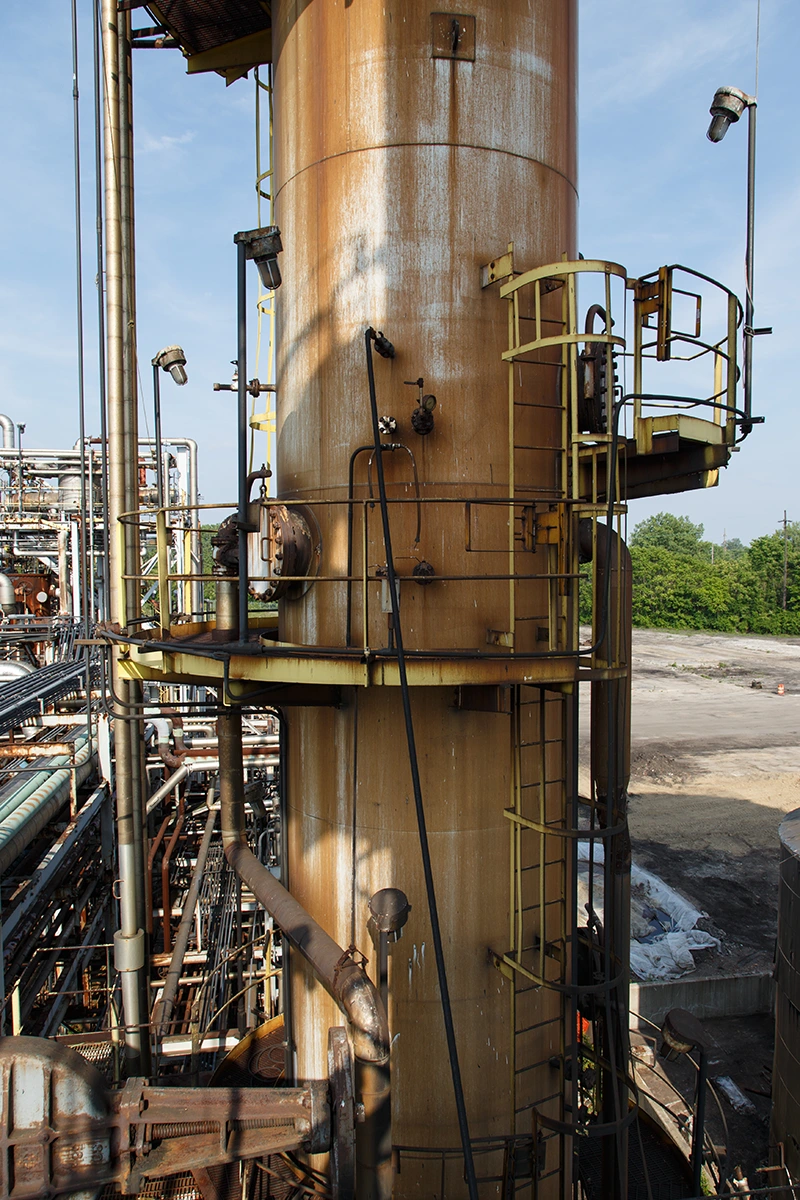
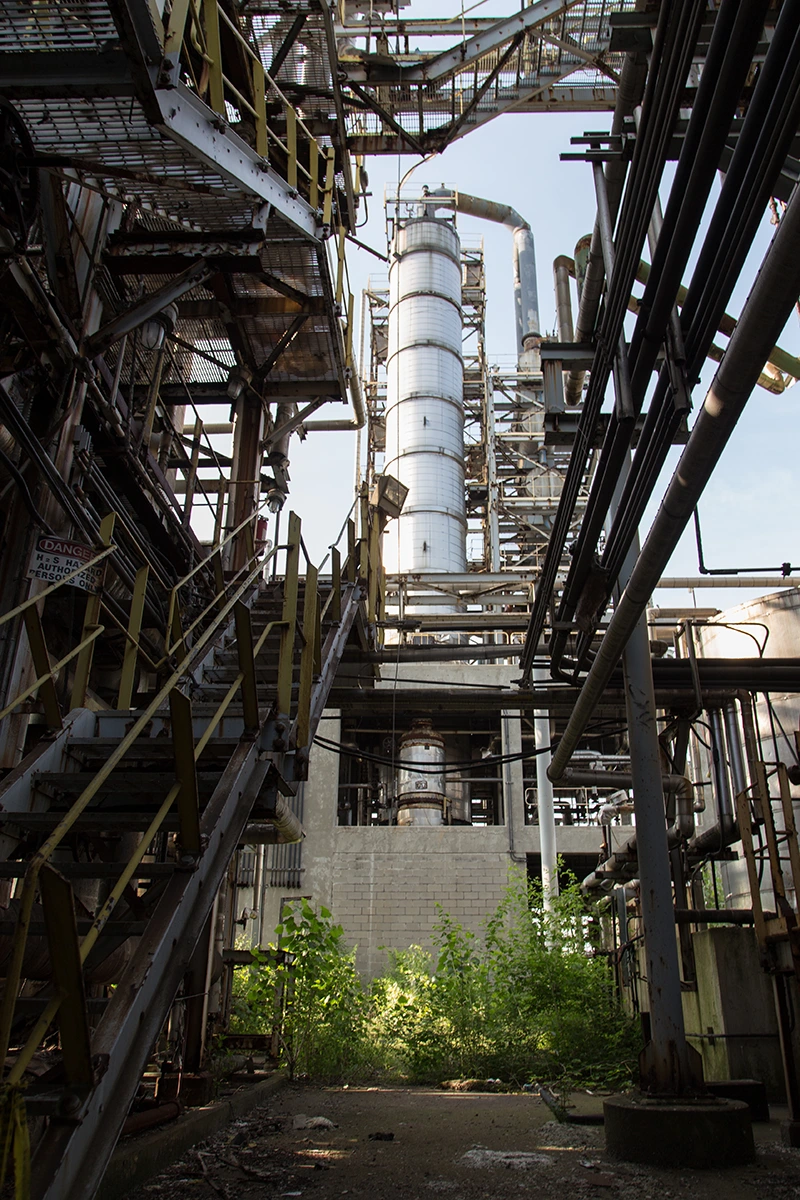
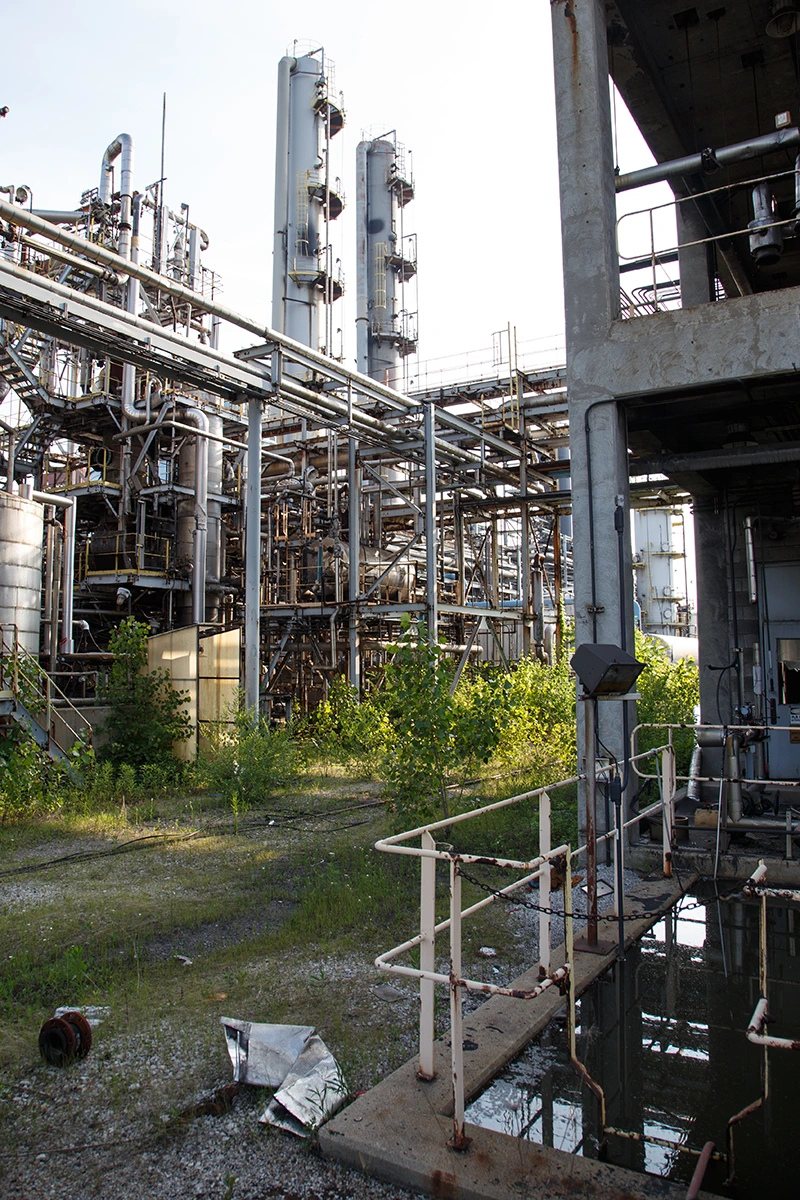
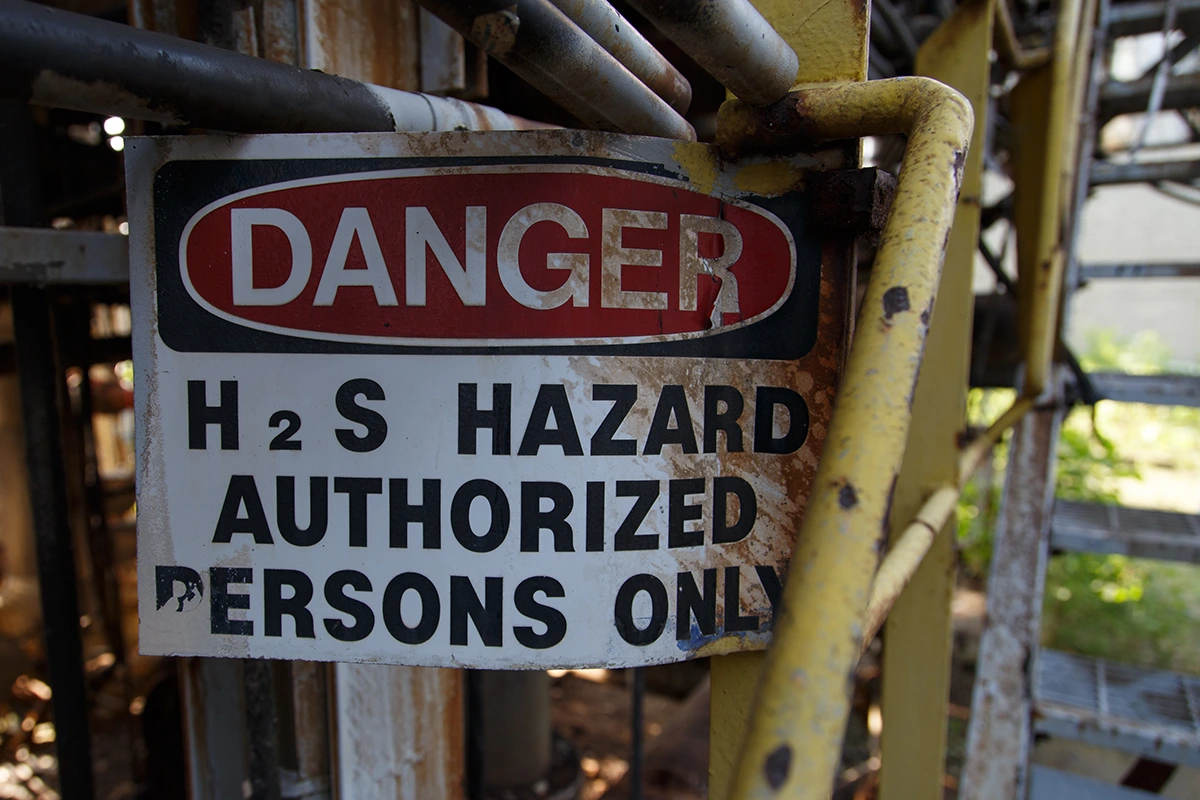
Labels: 1800s, carbon, coke, factory, history, industrial, urban ruins

